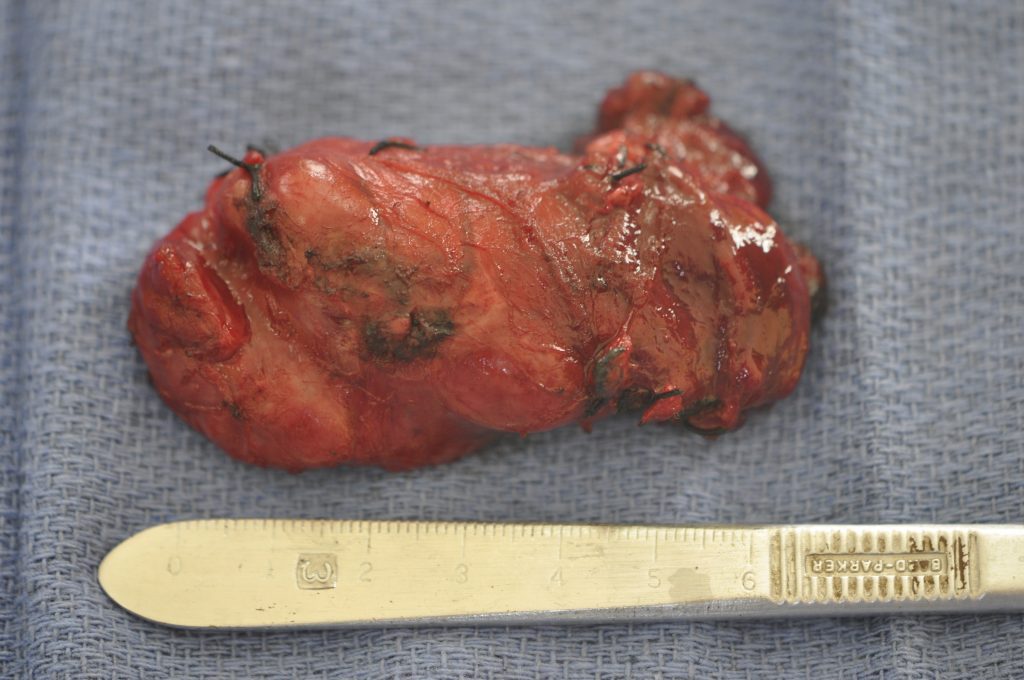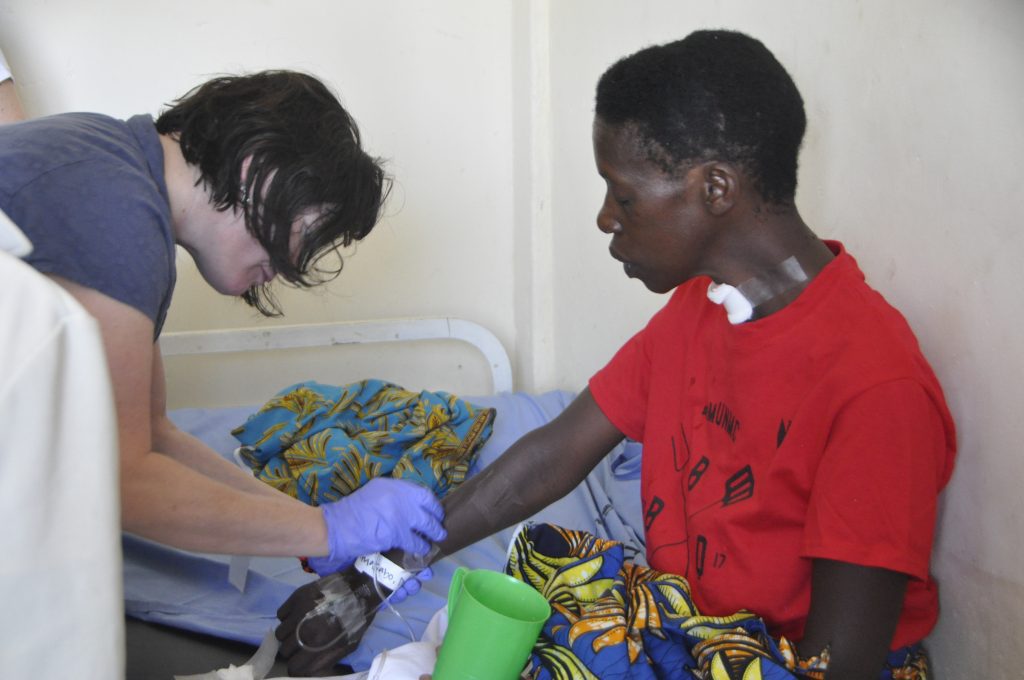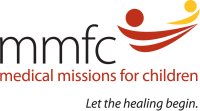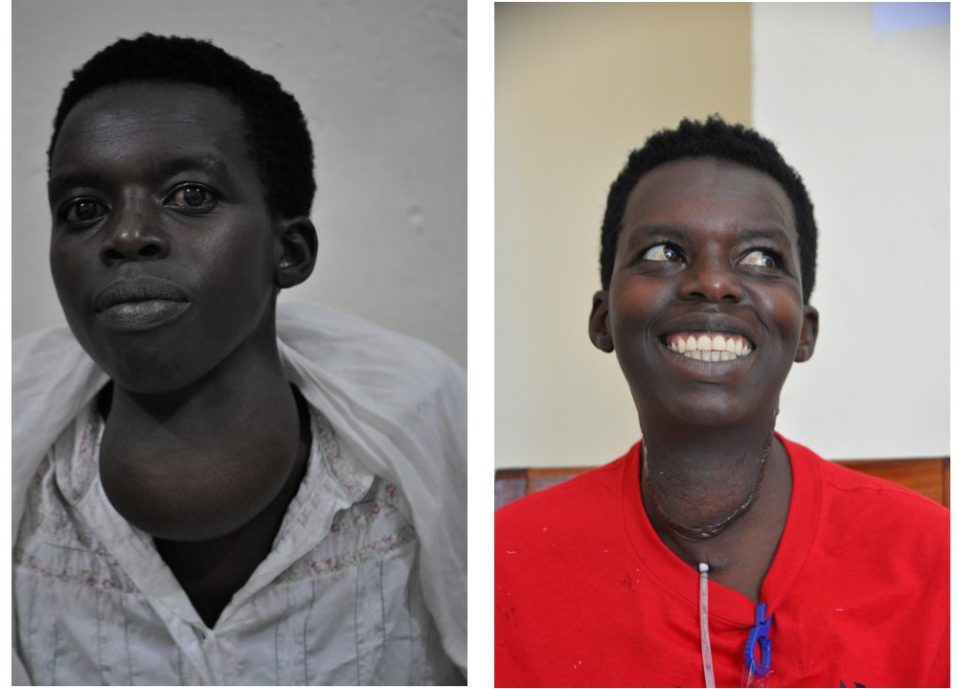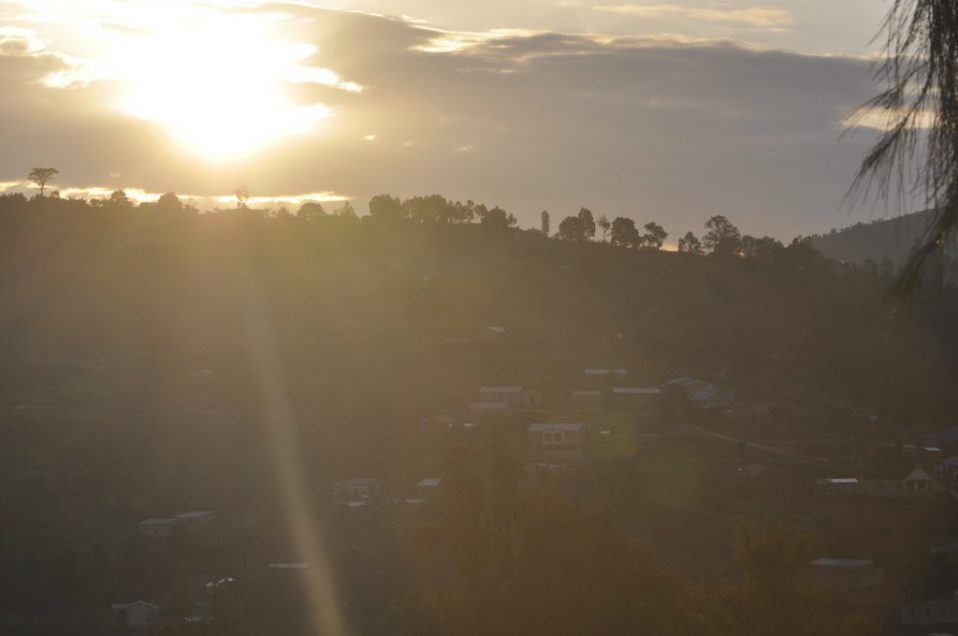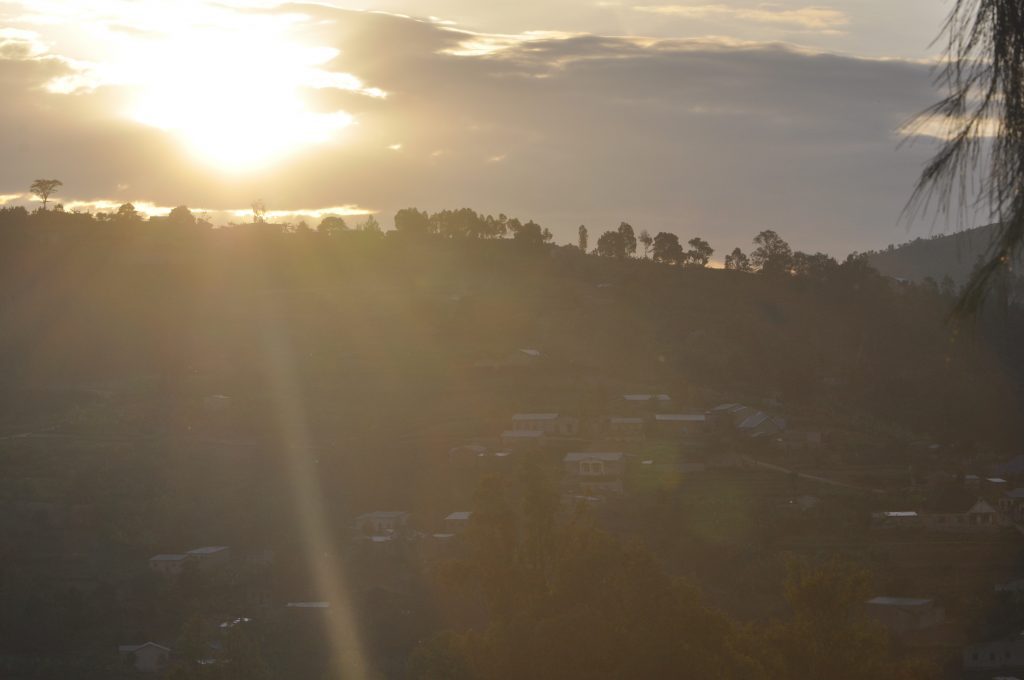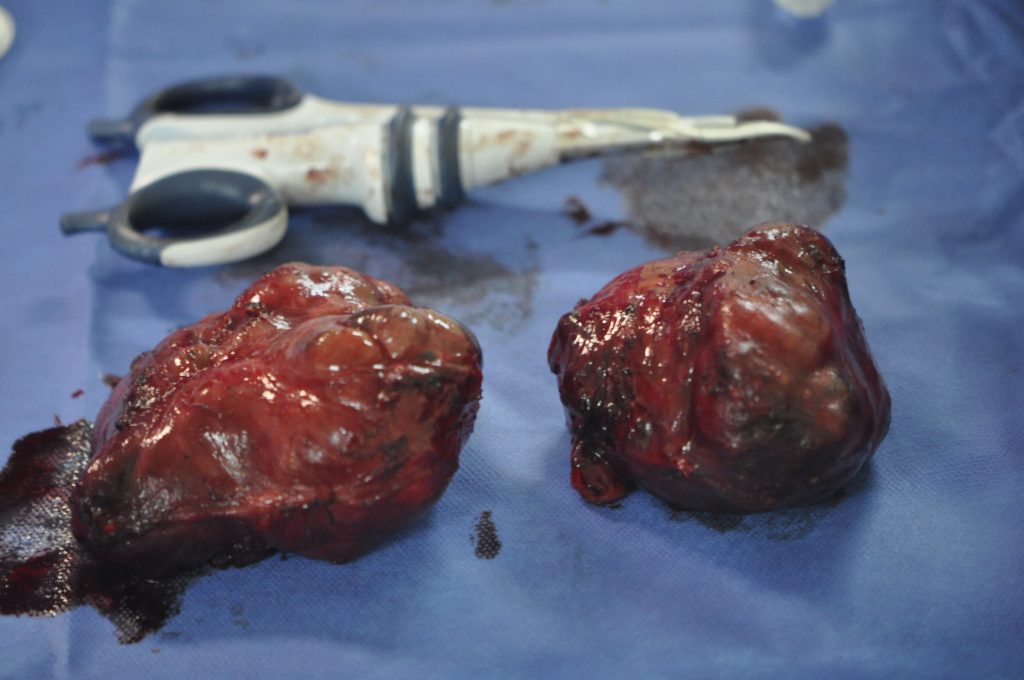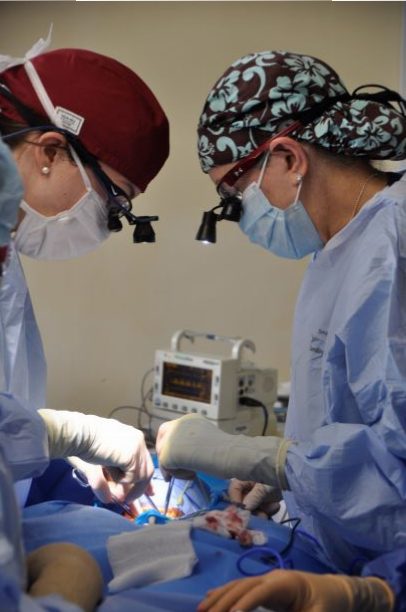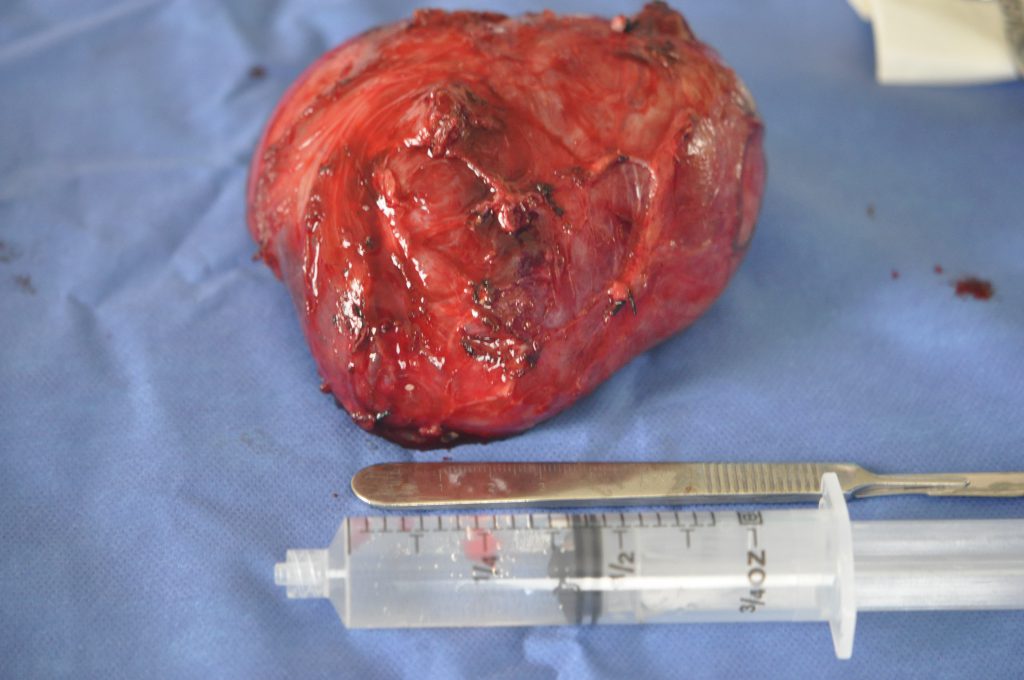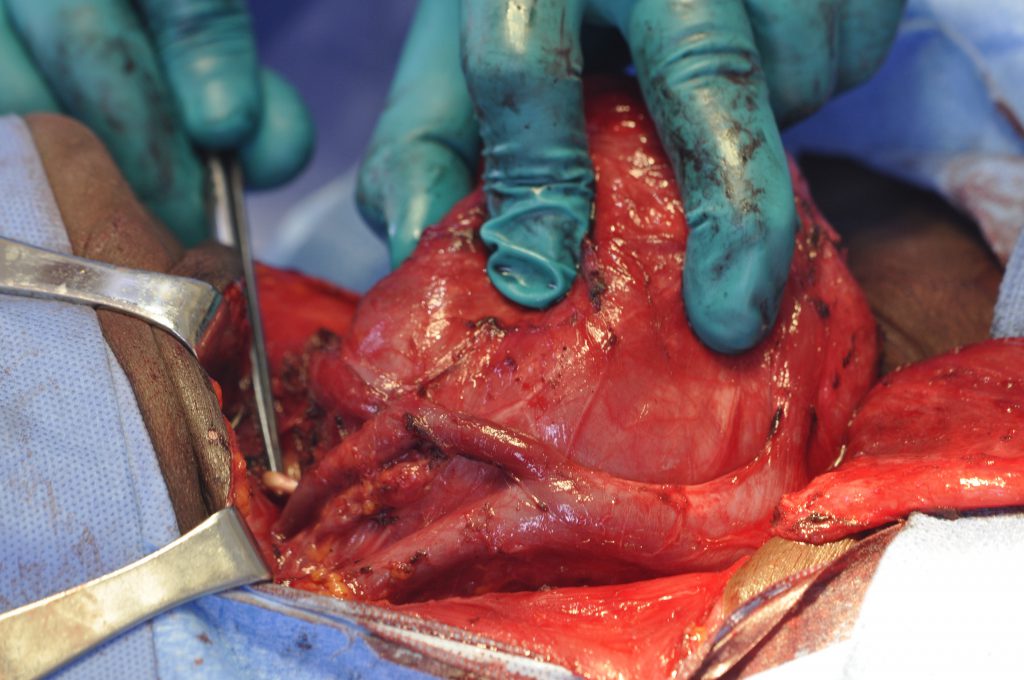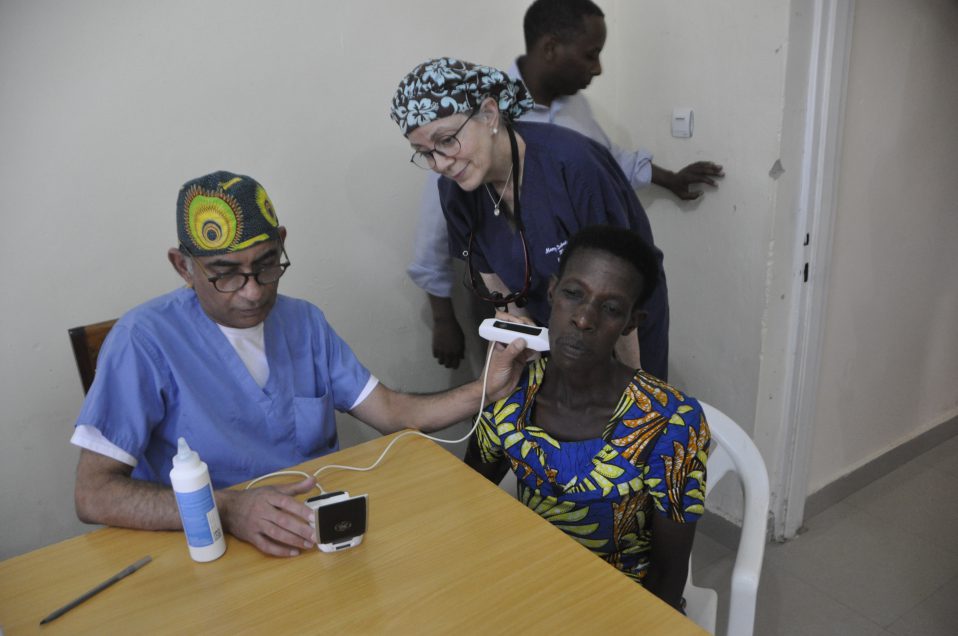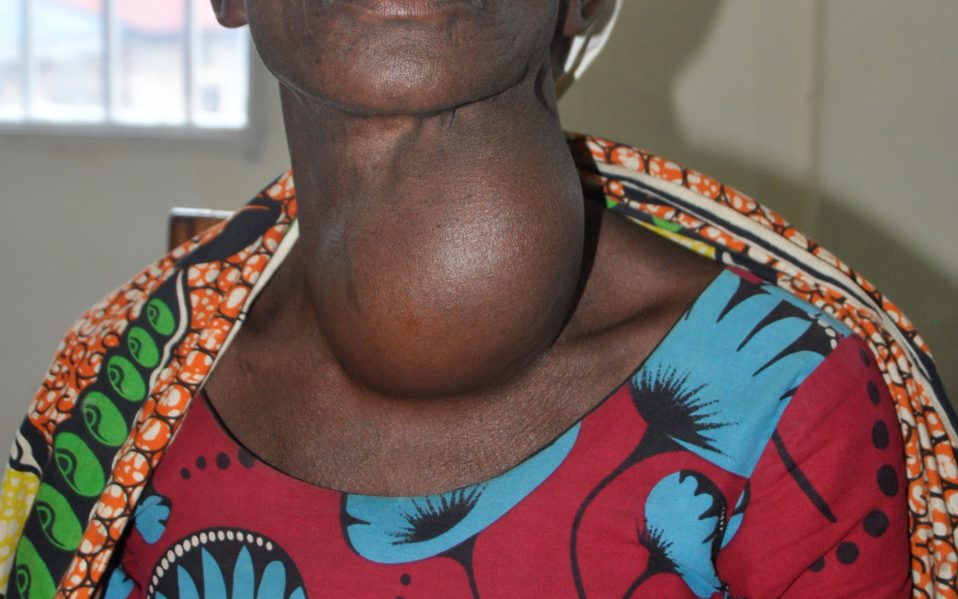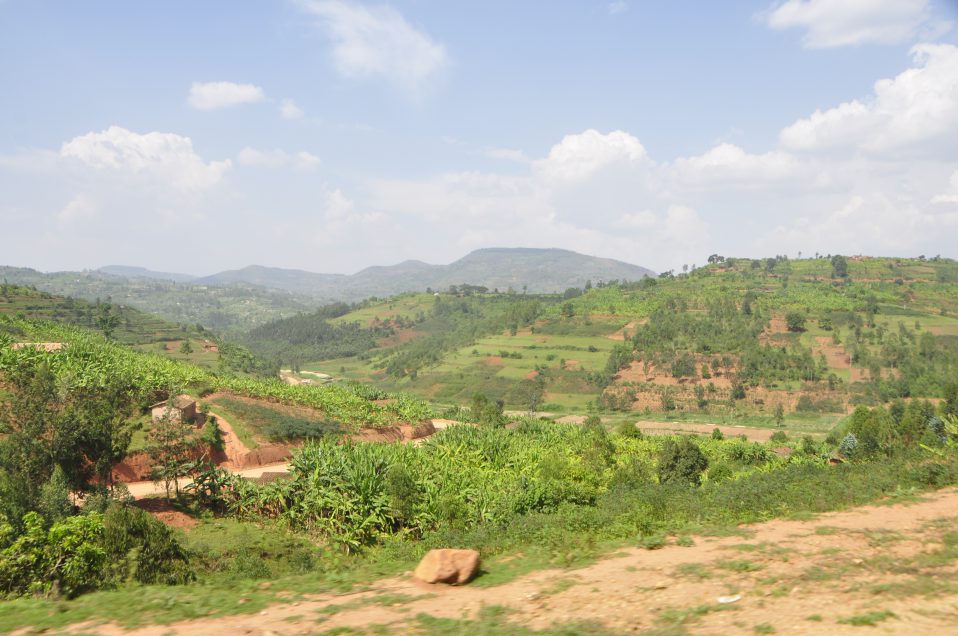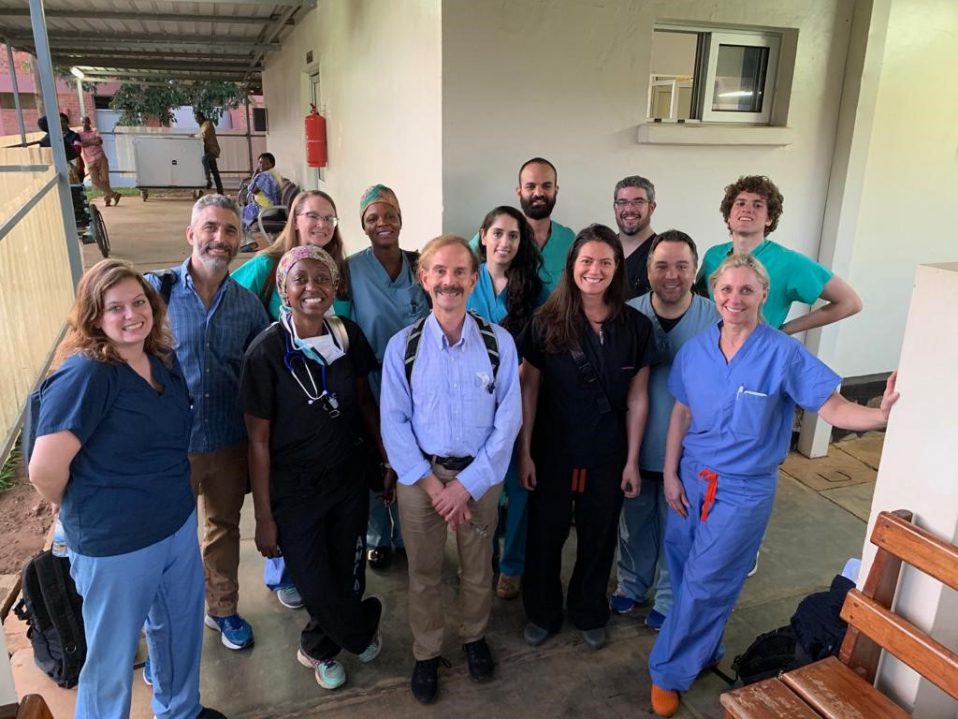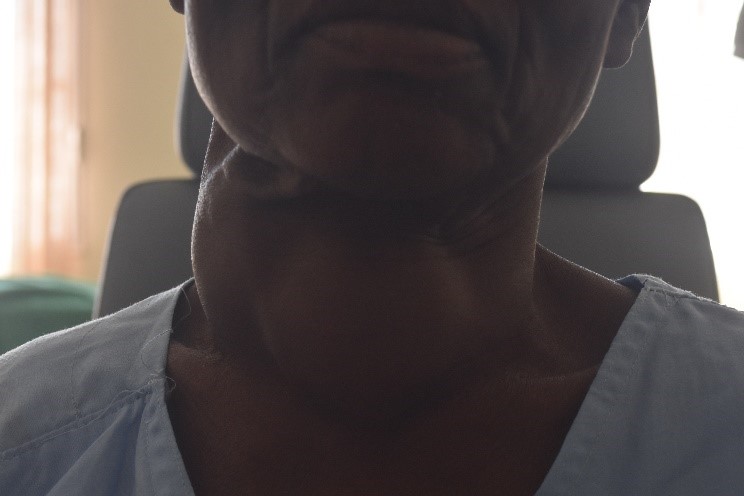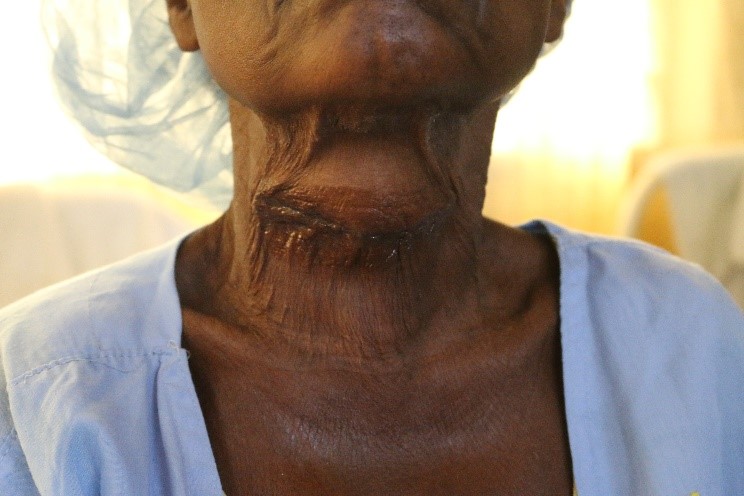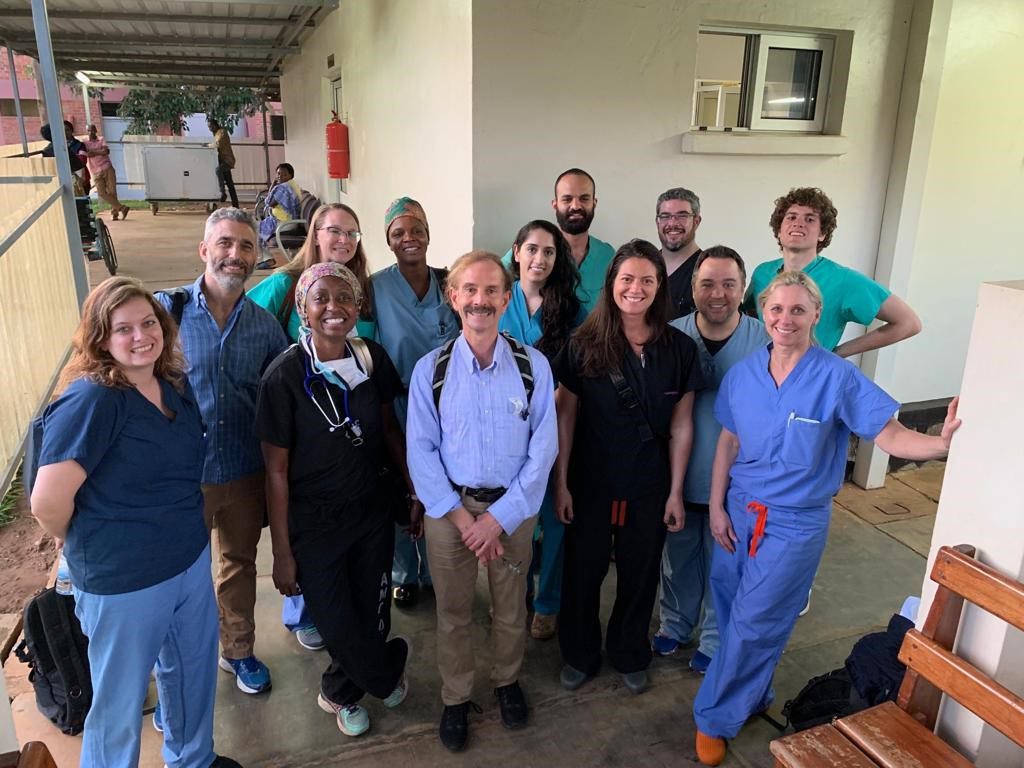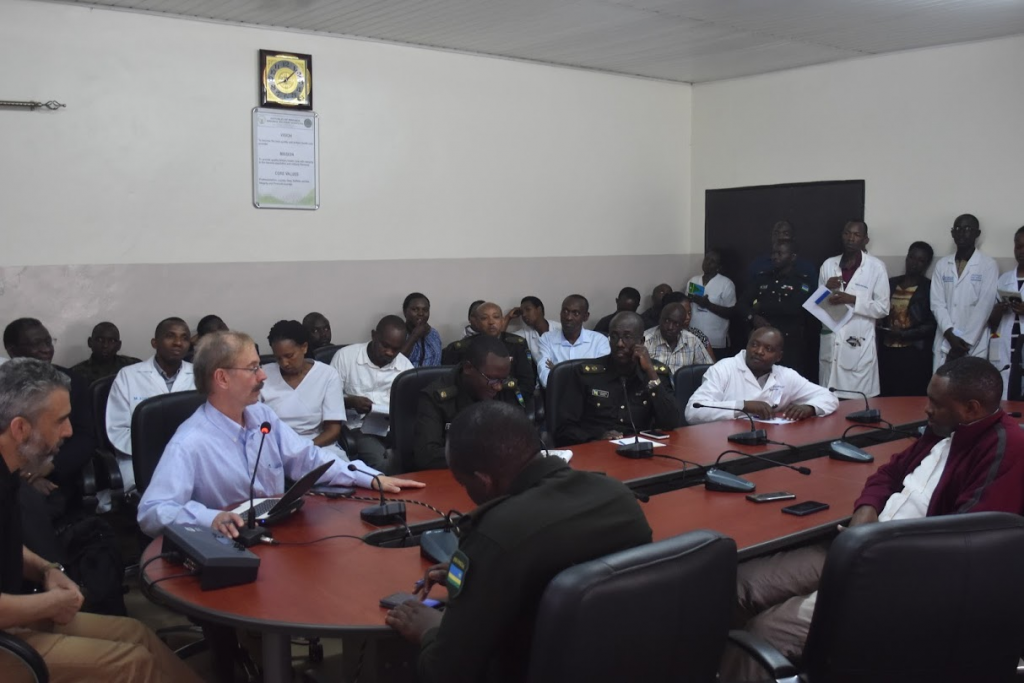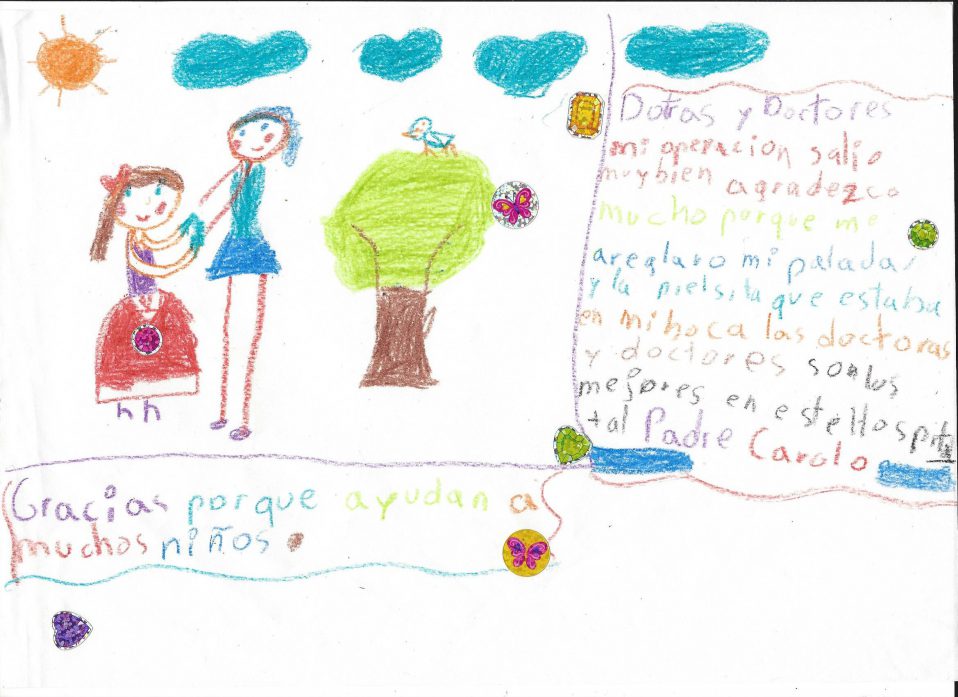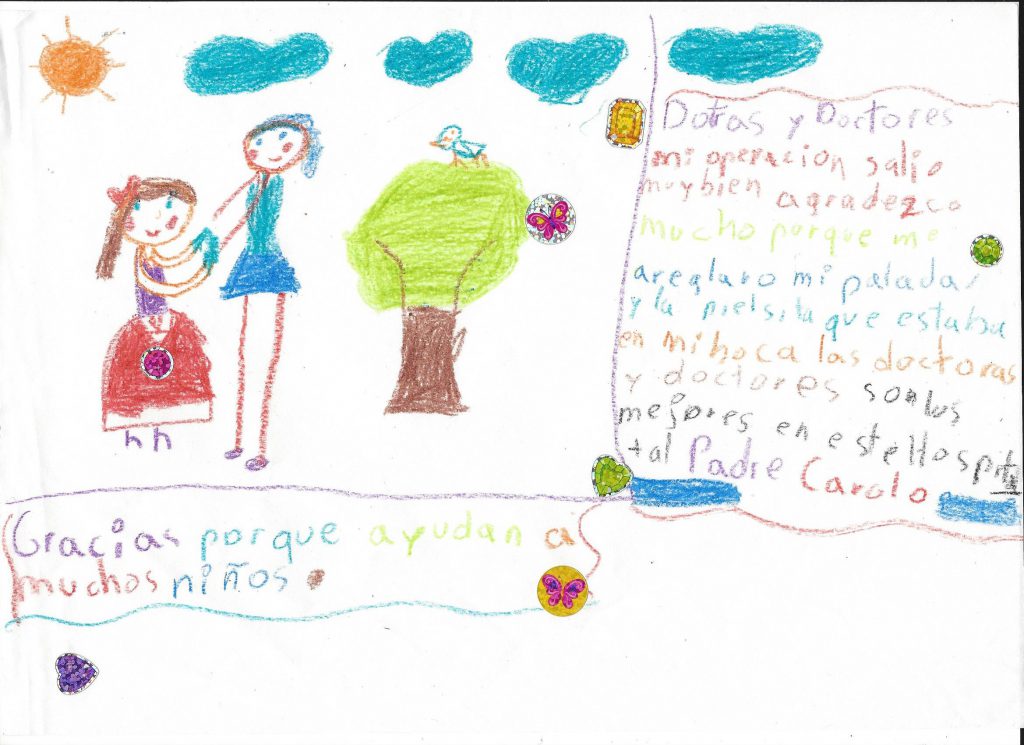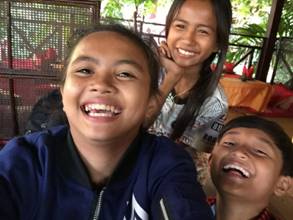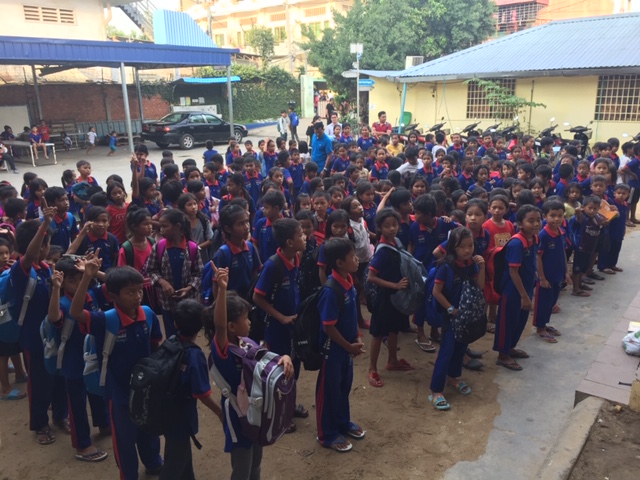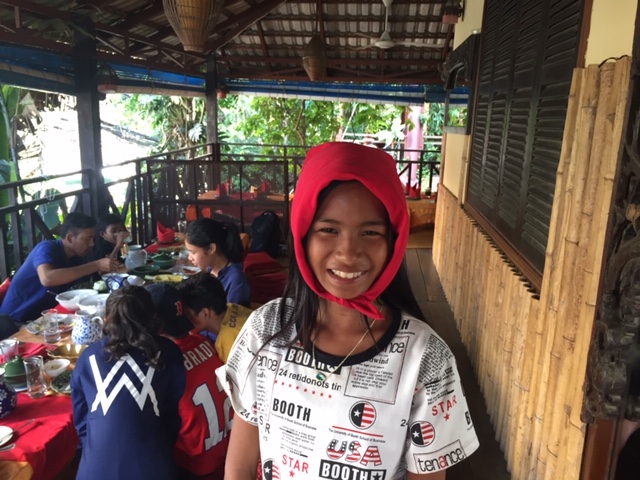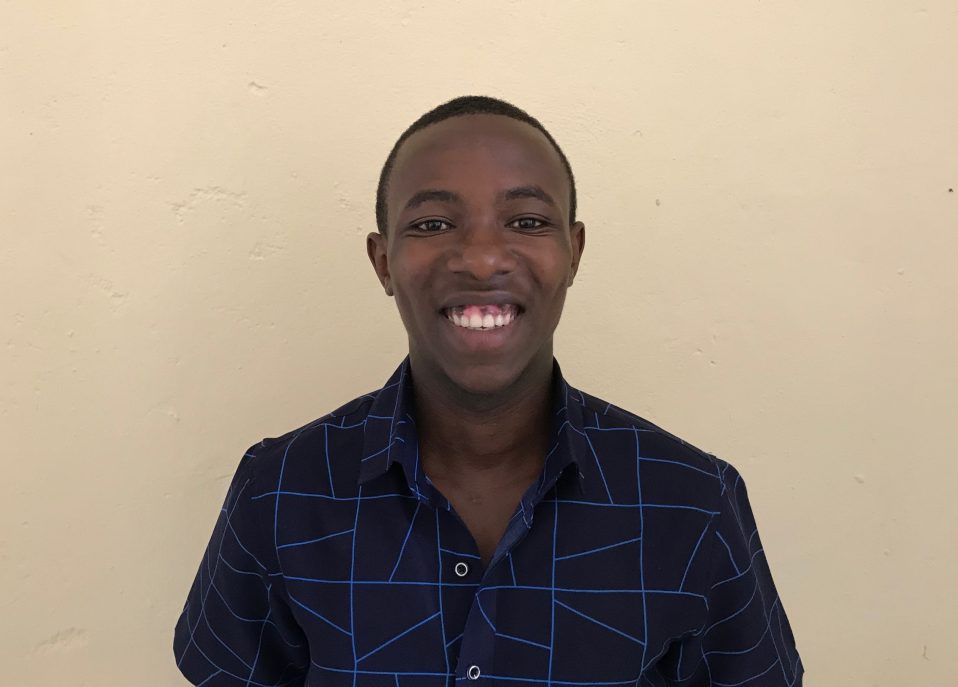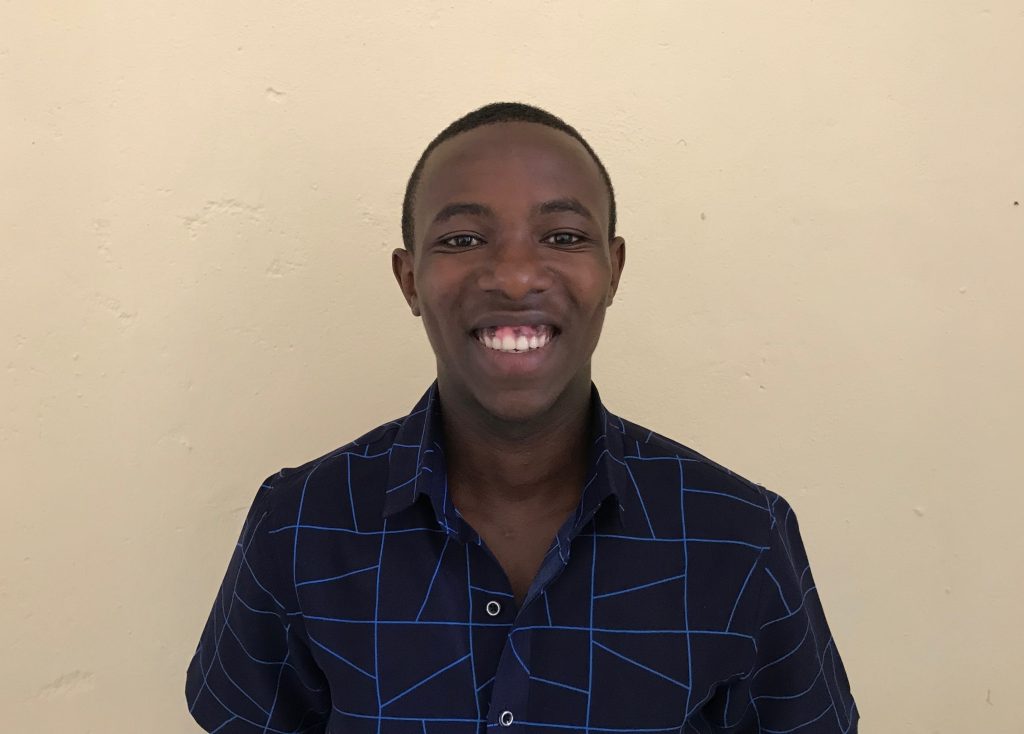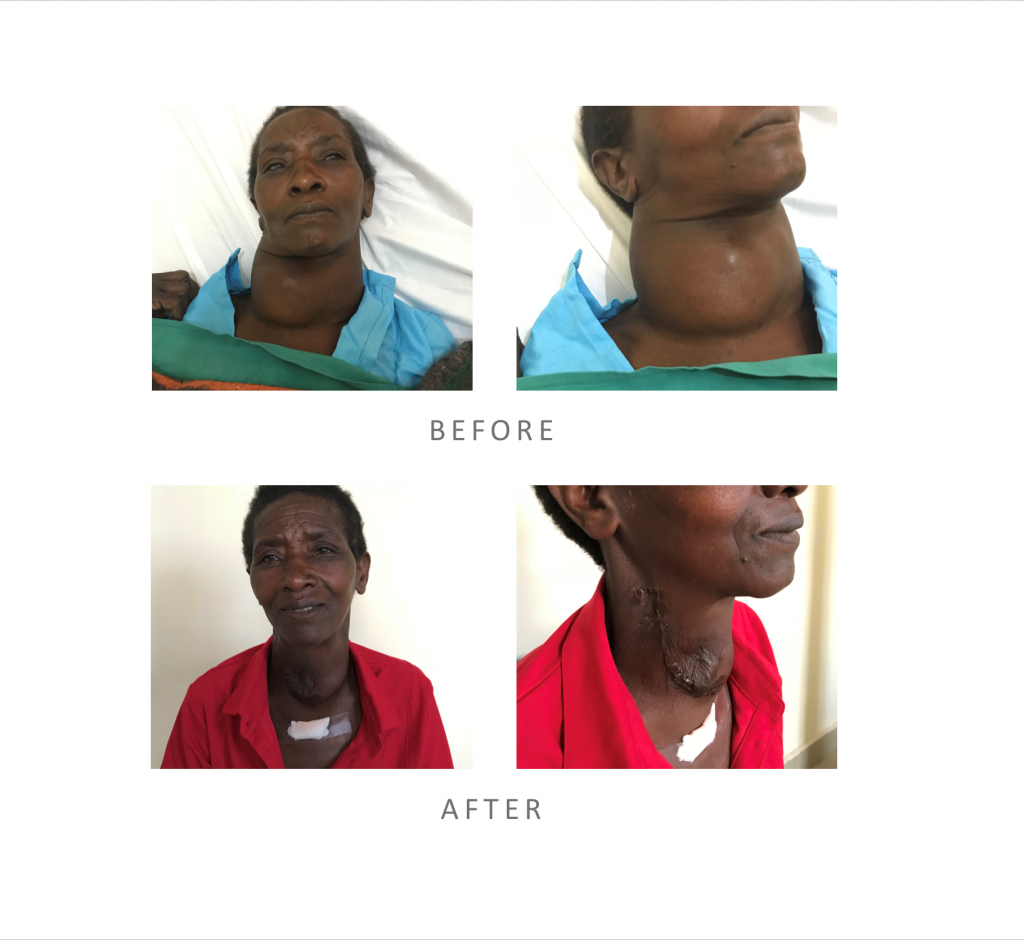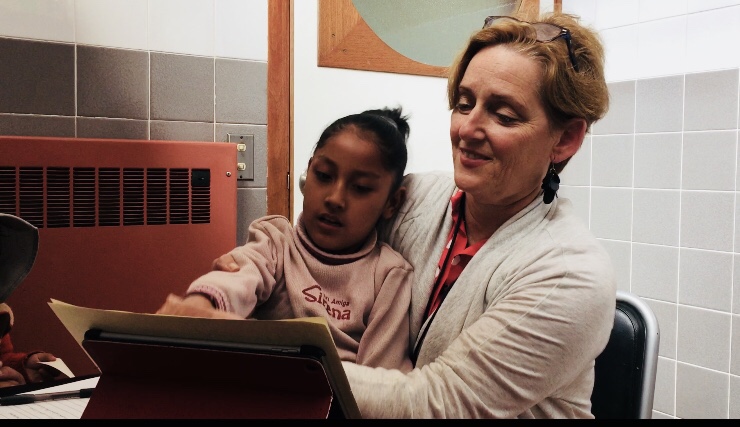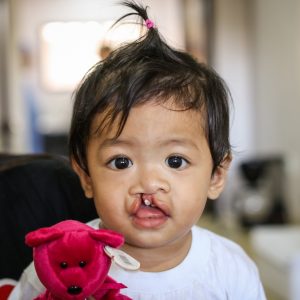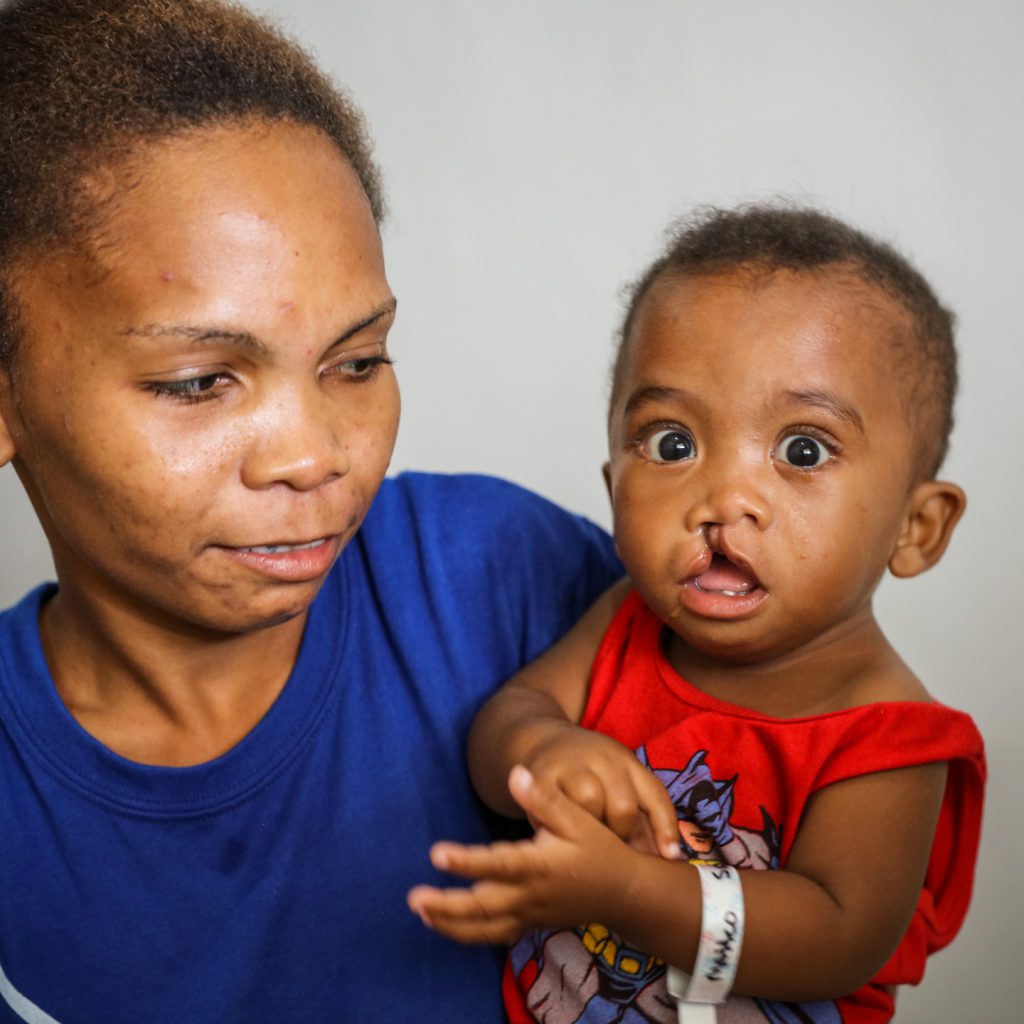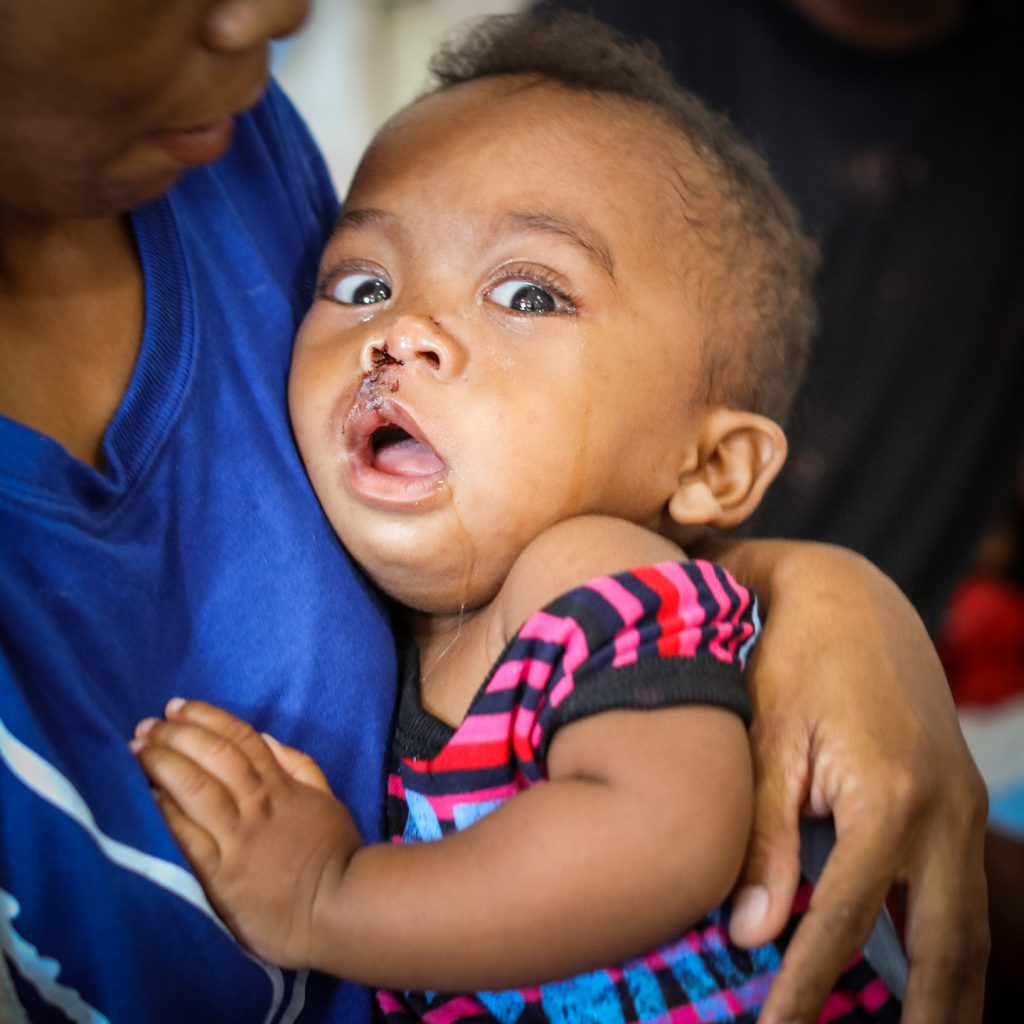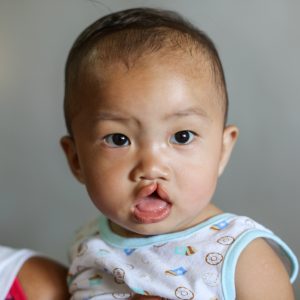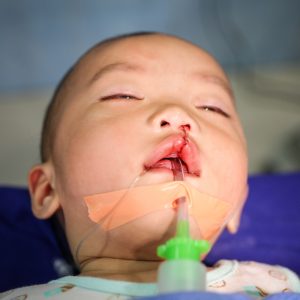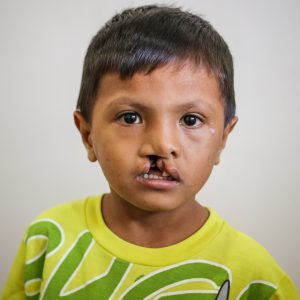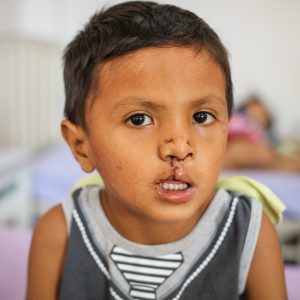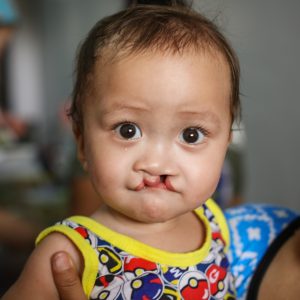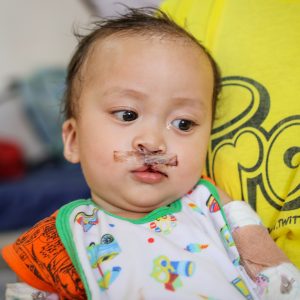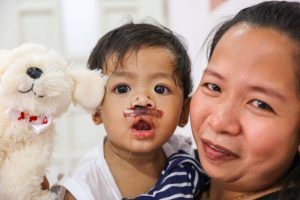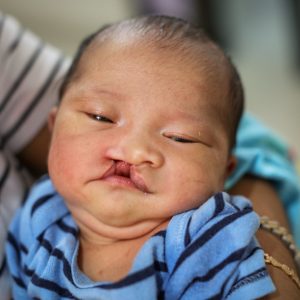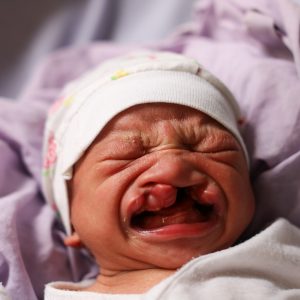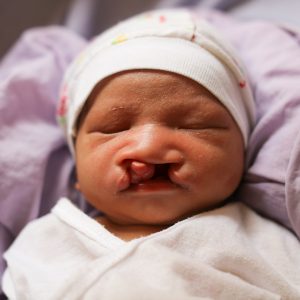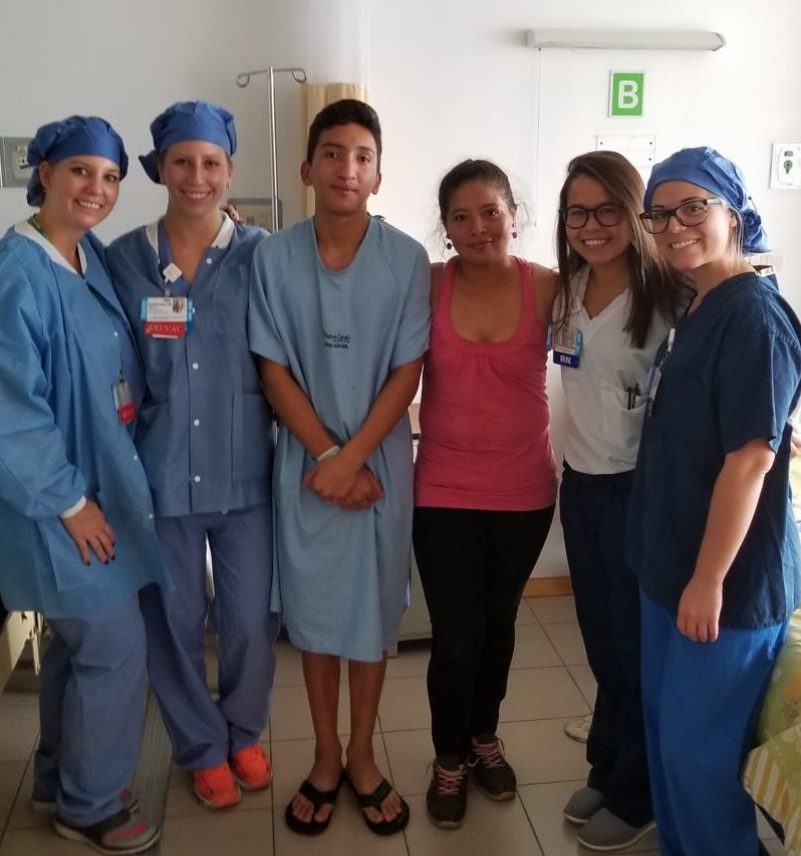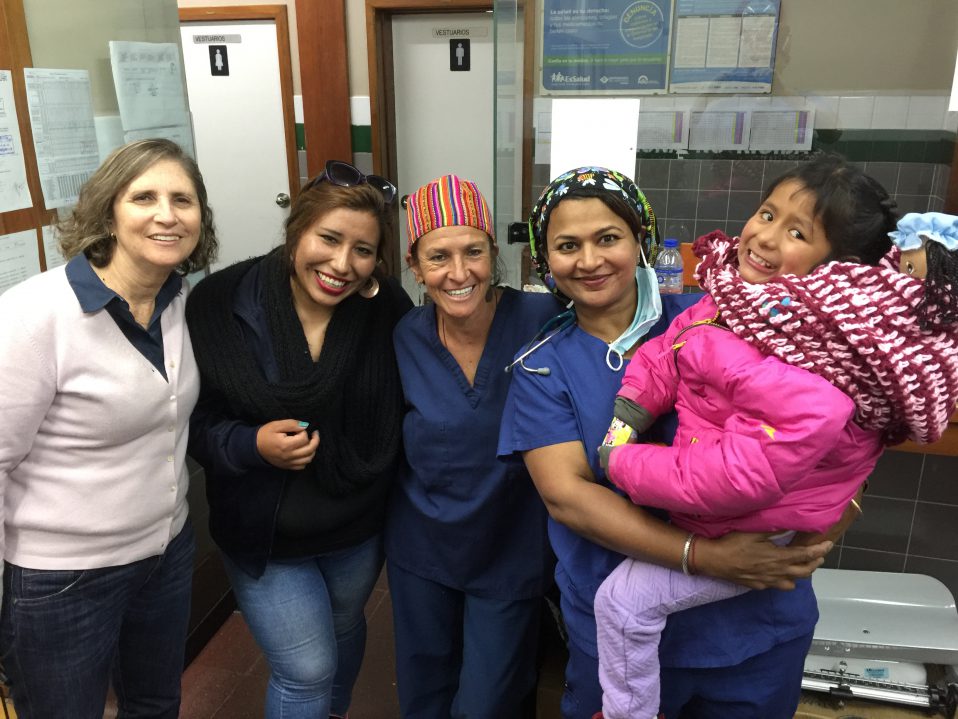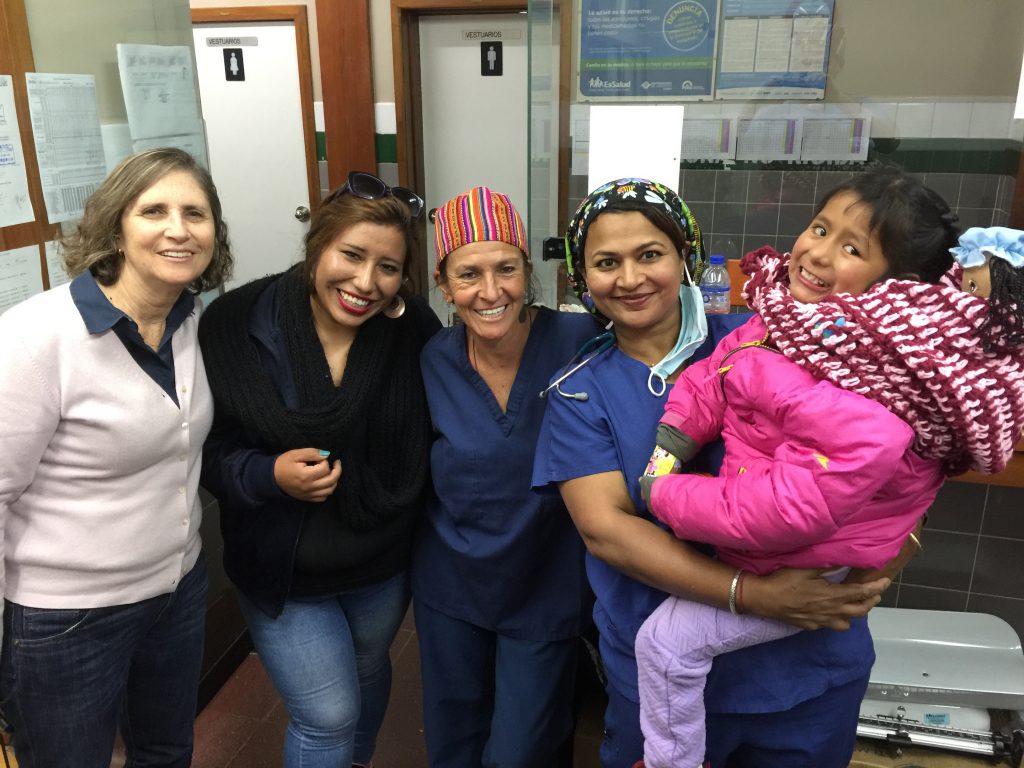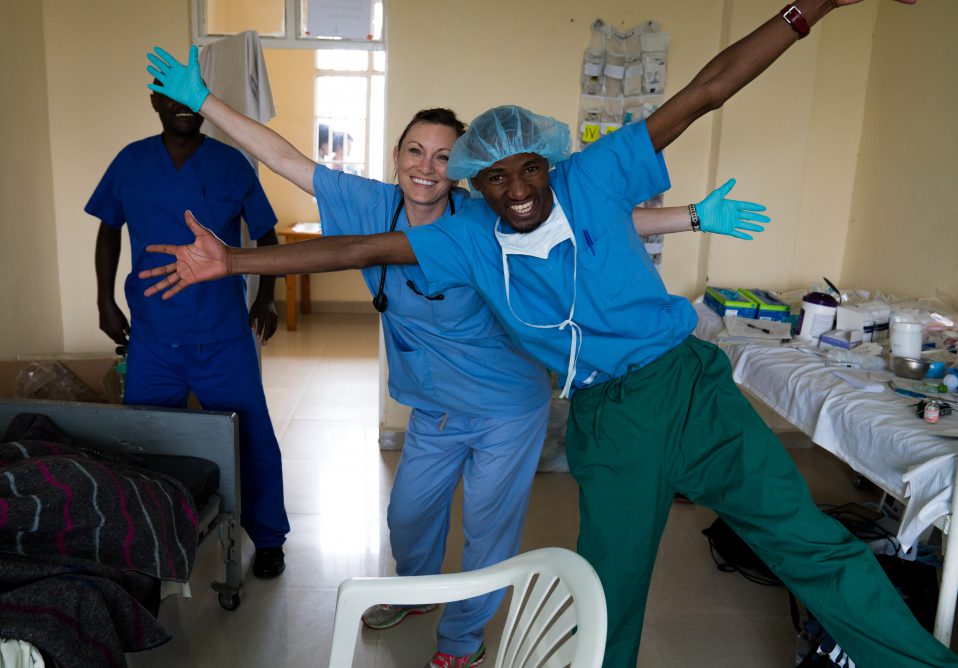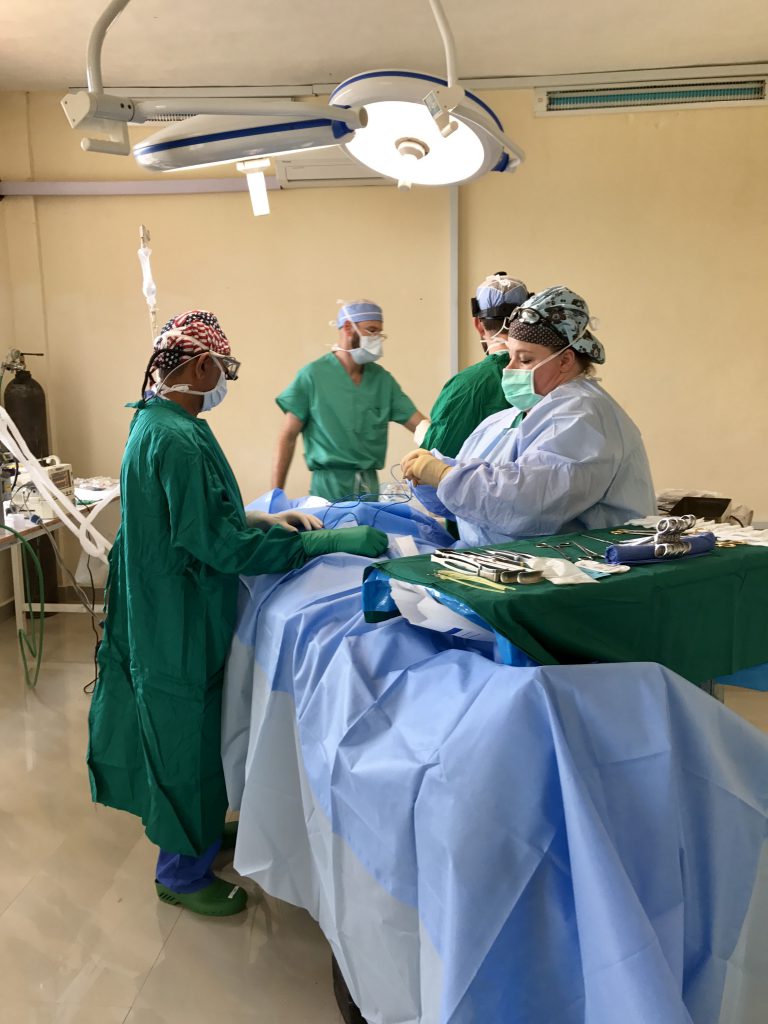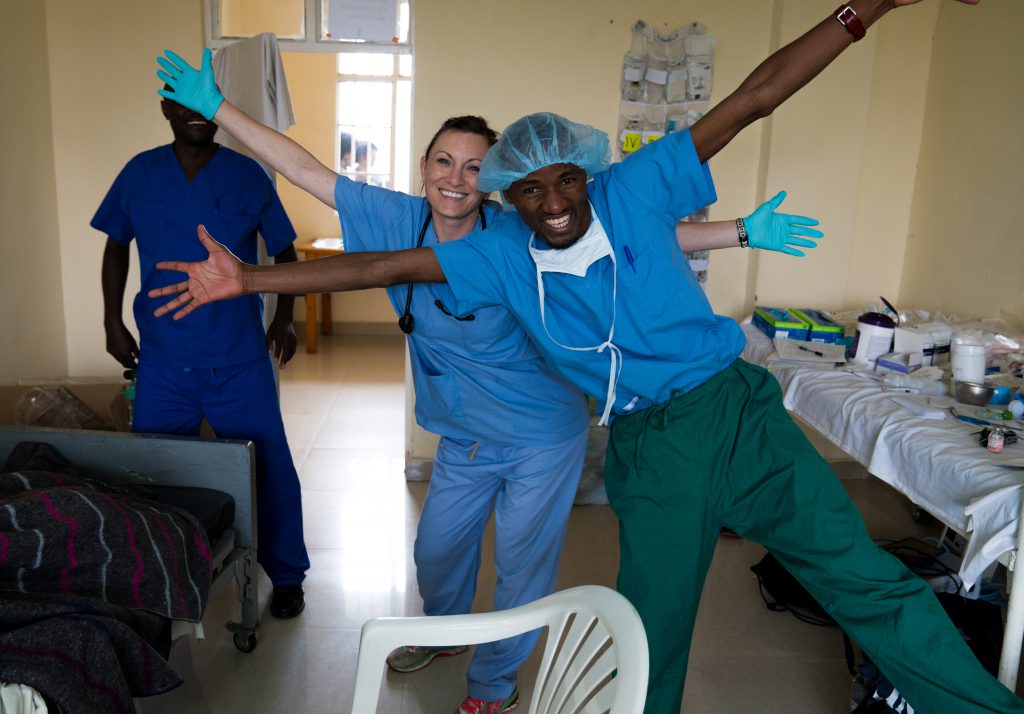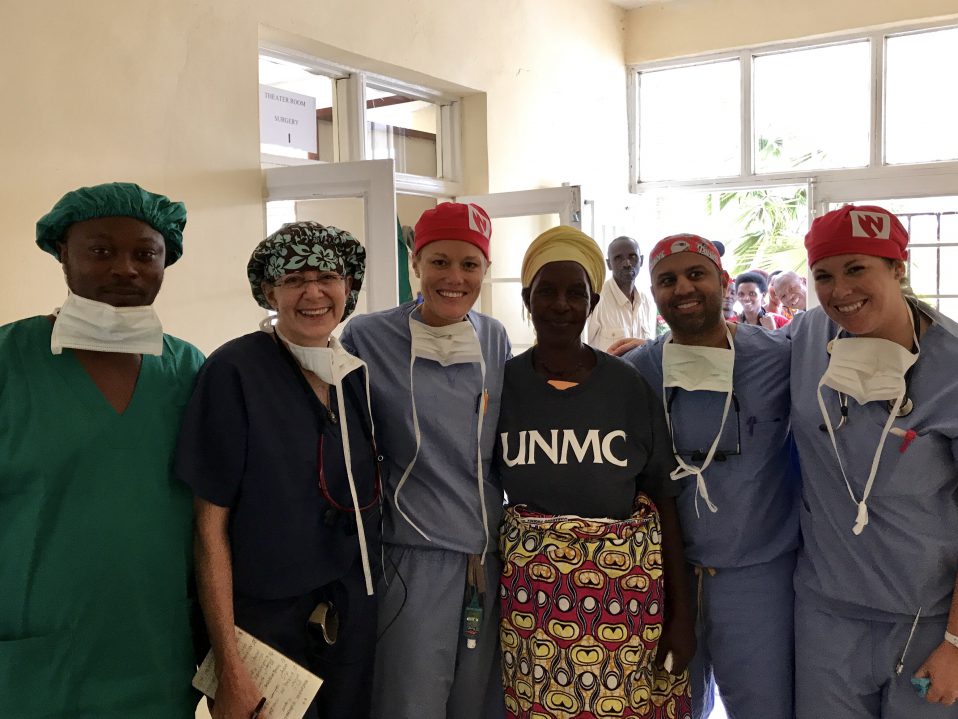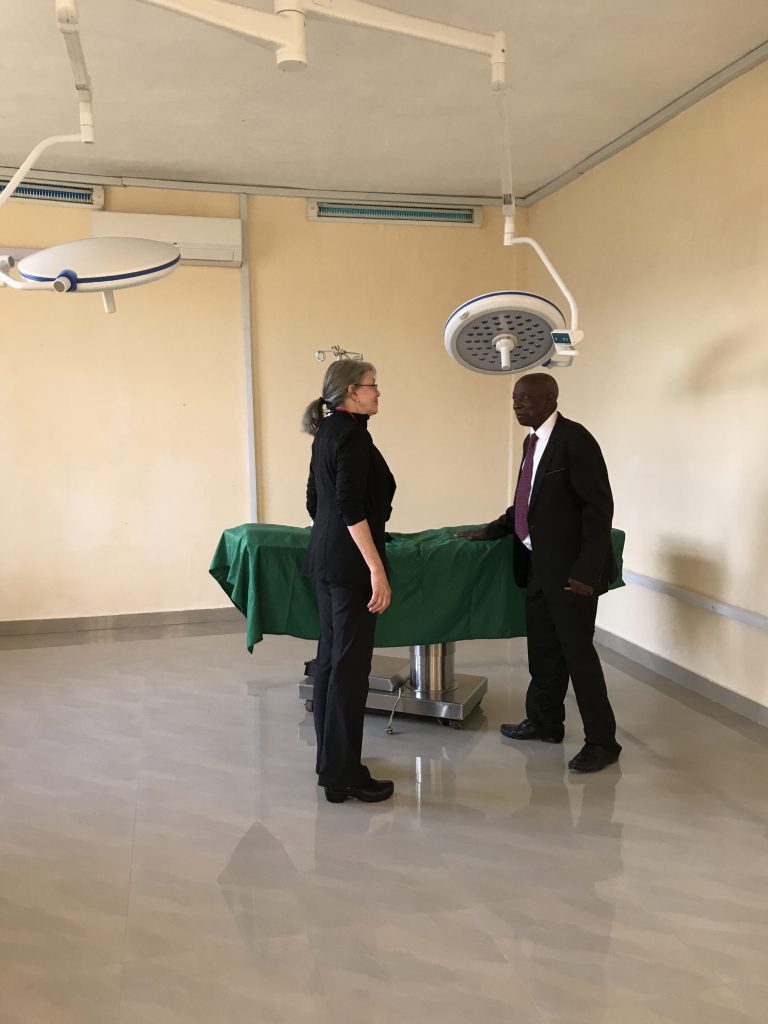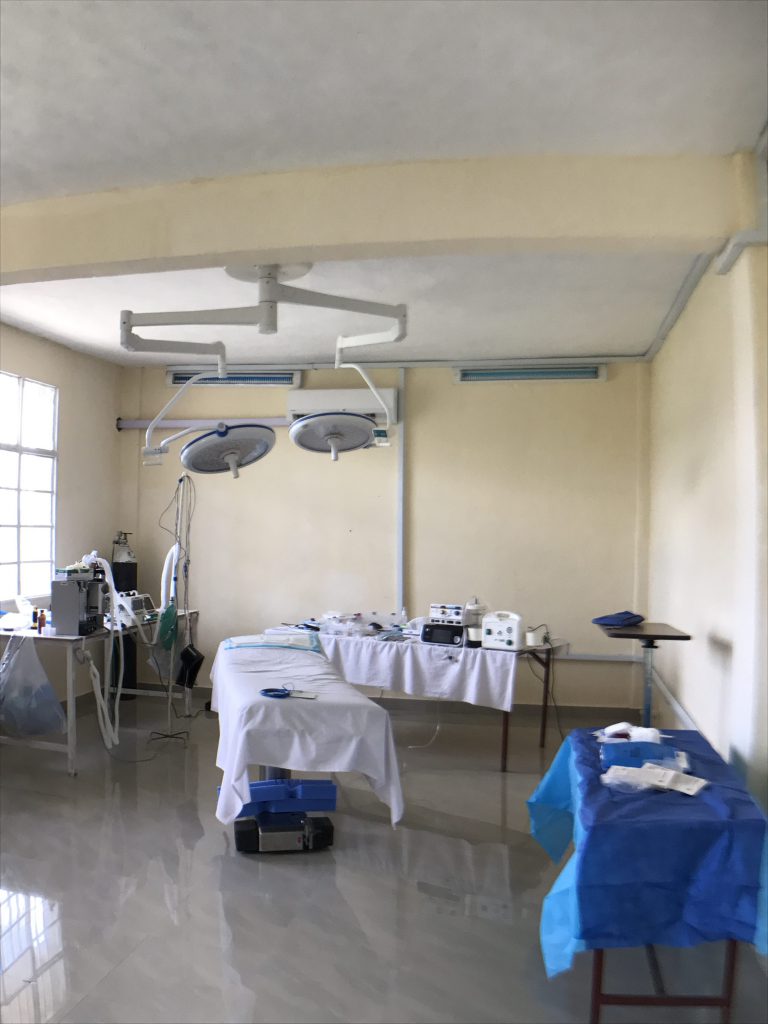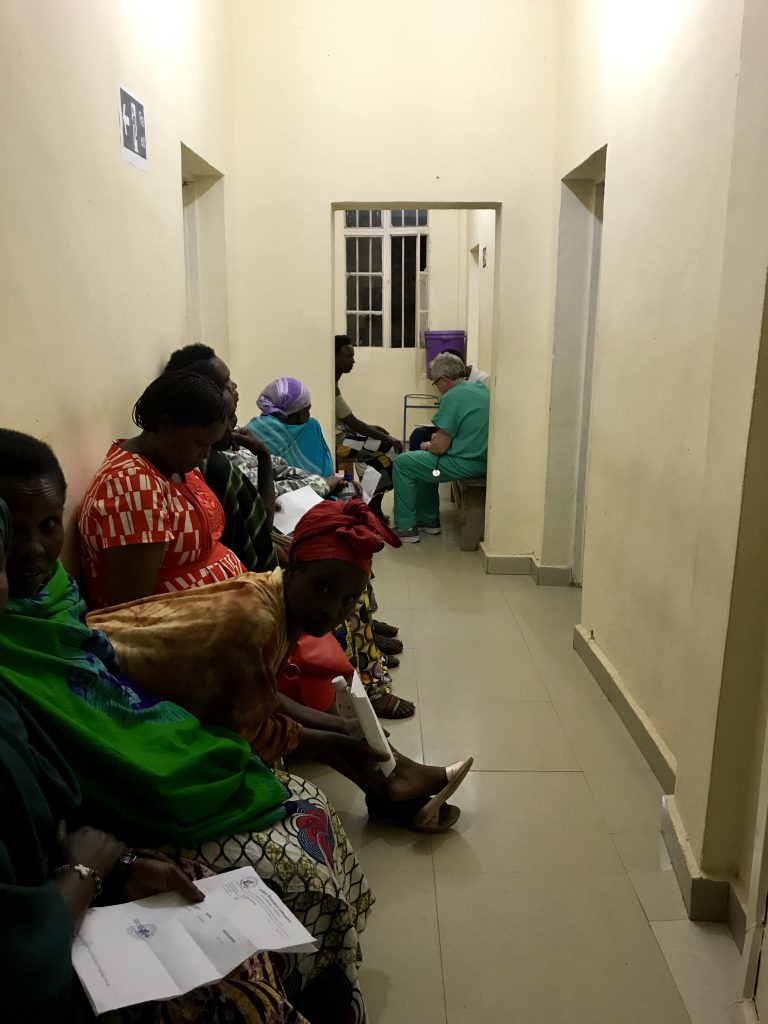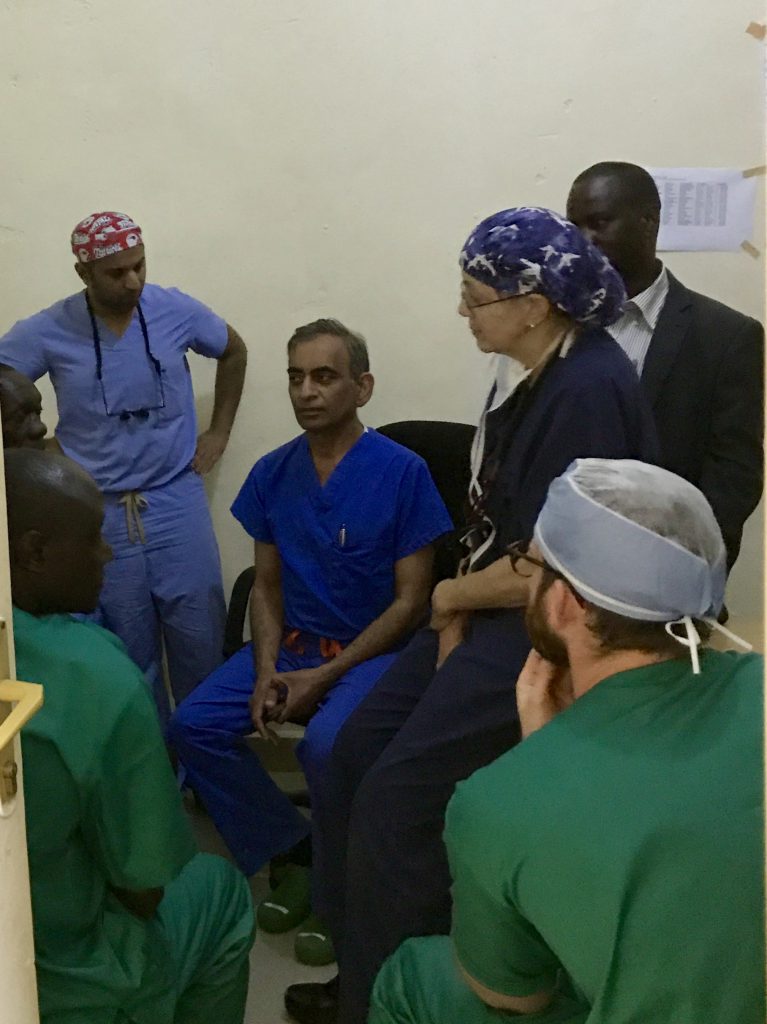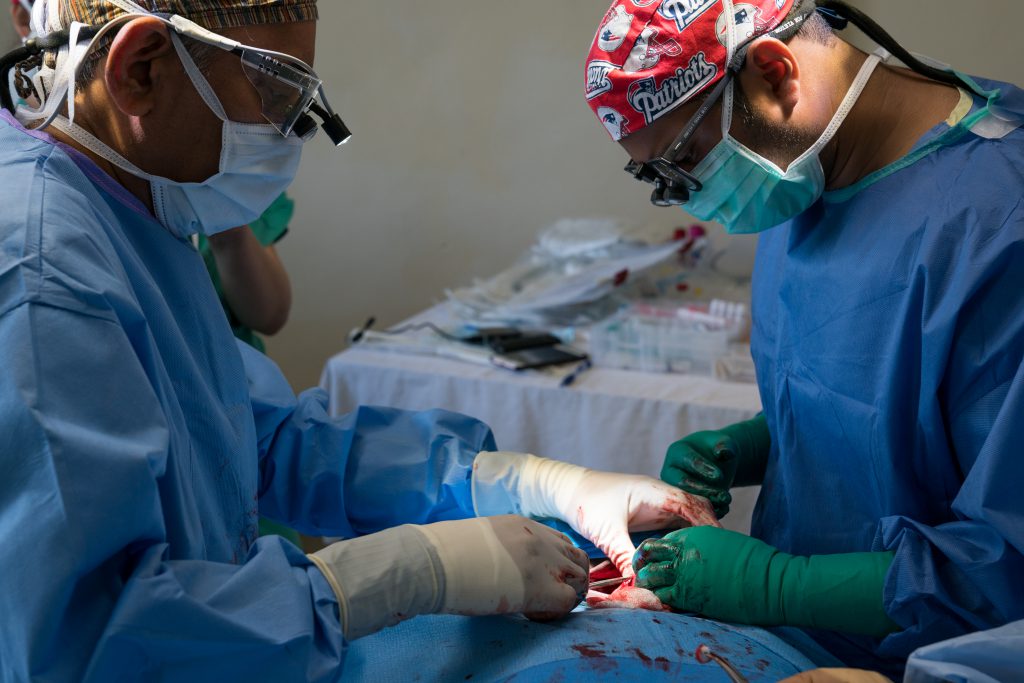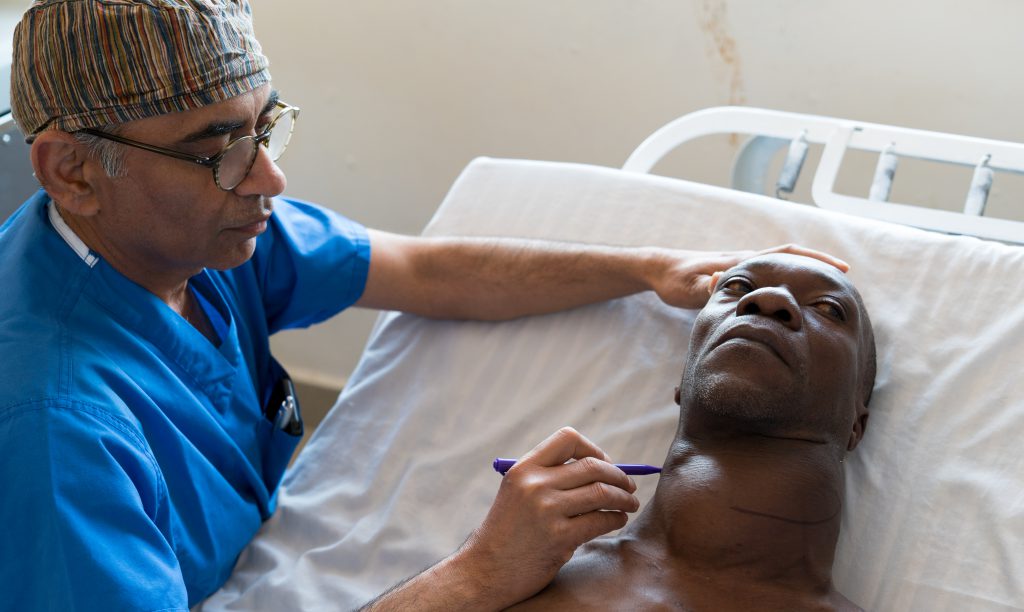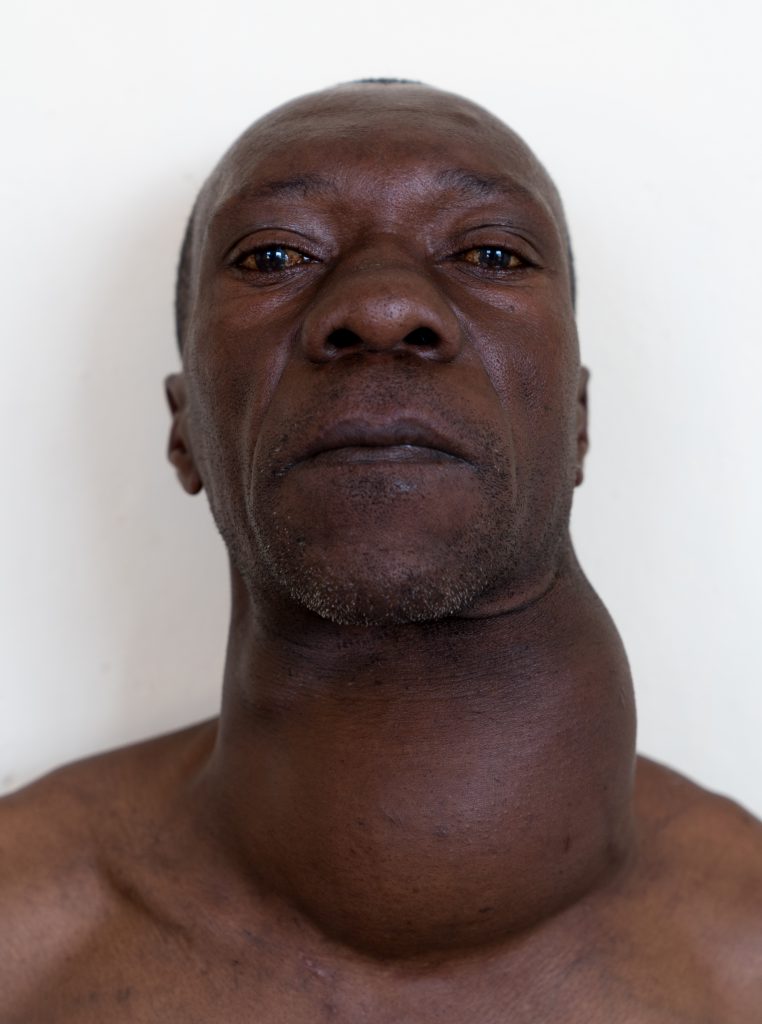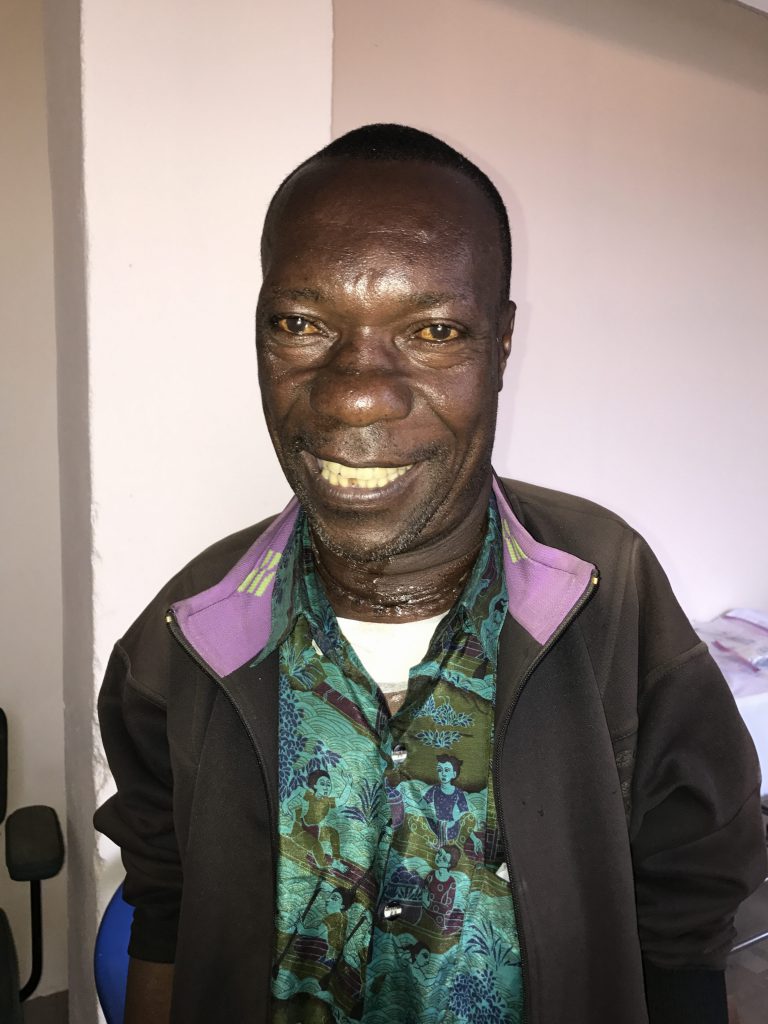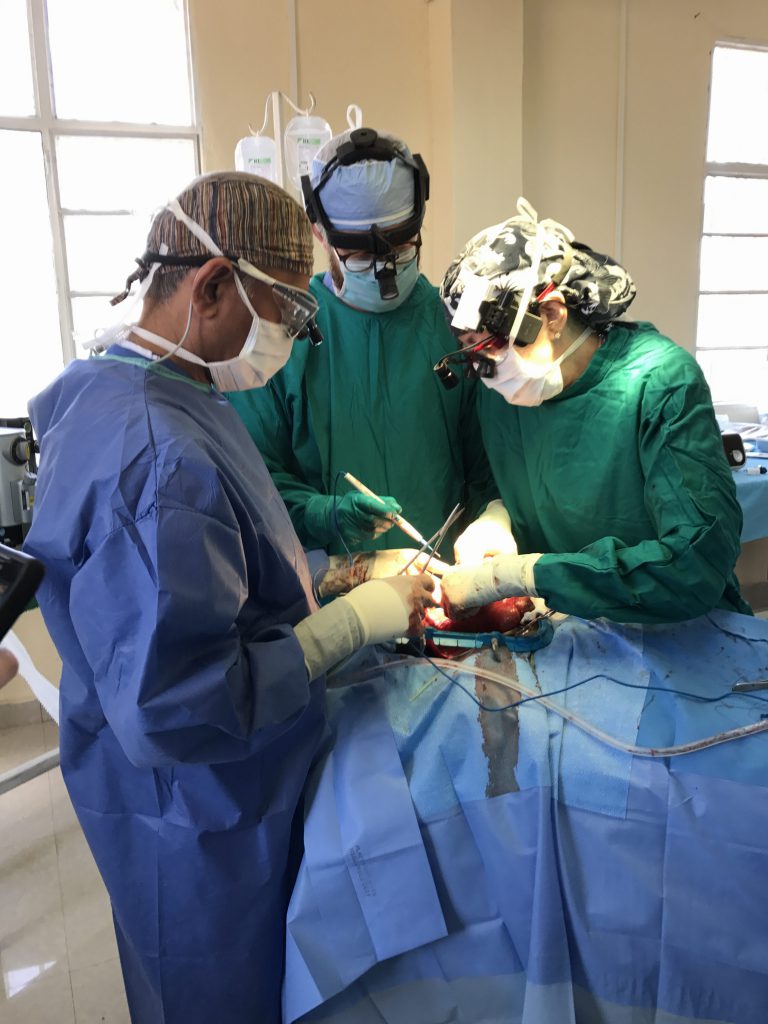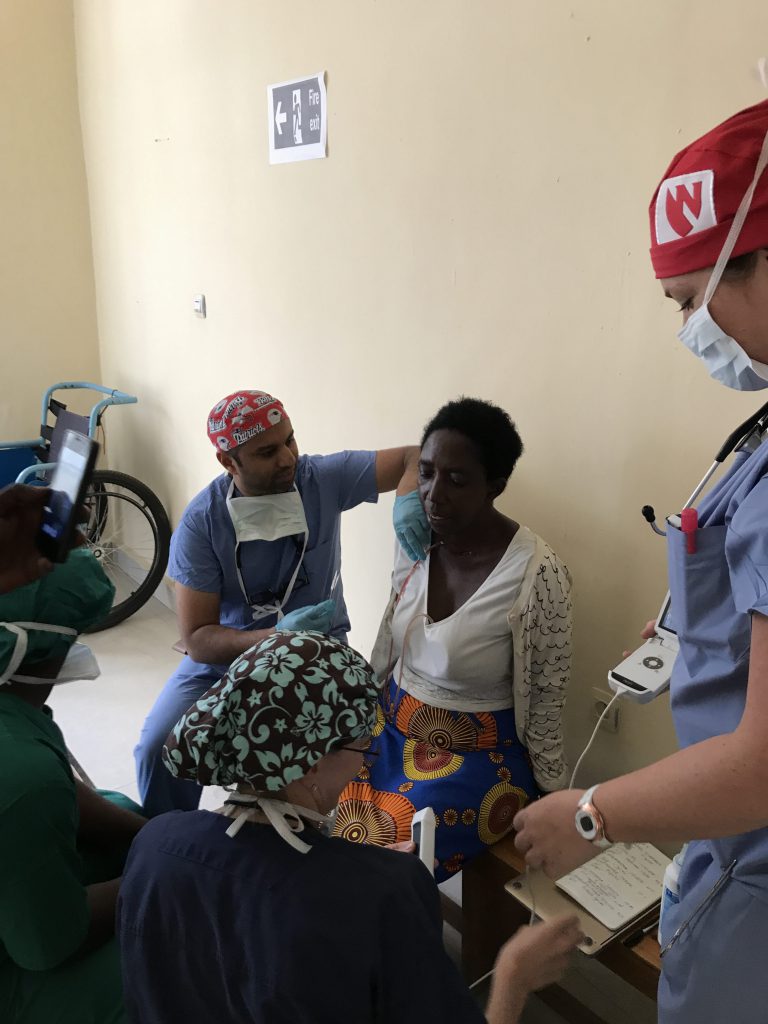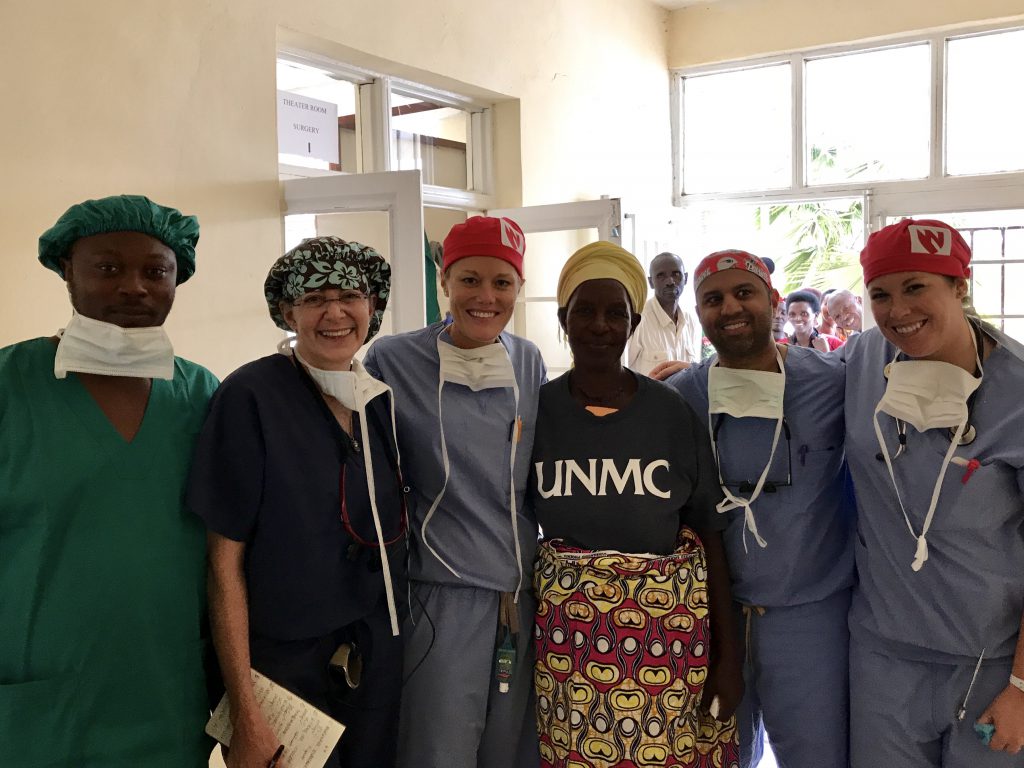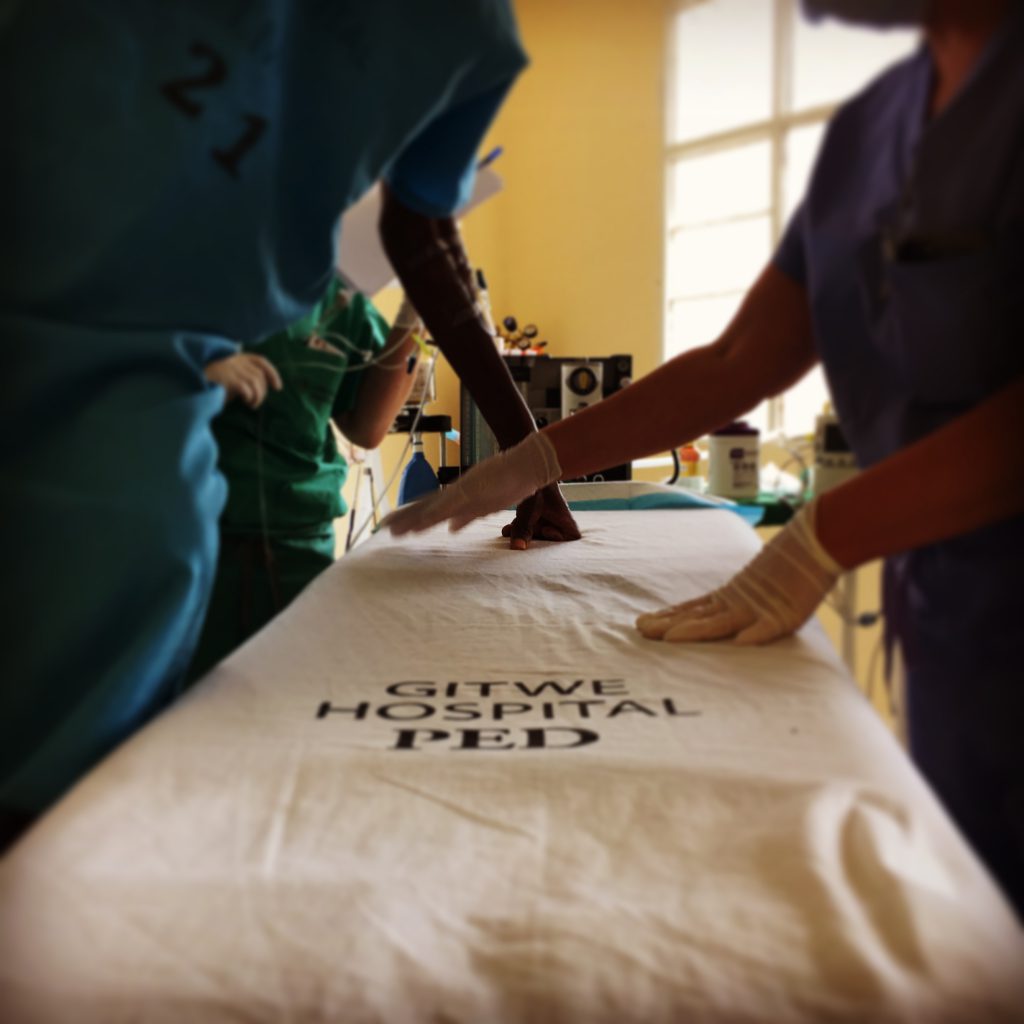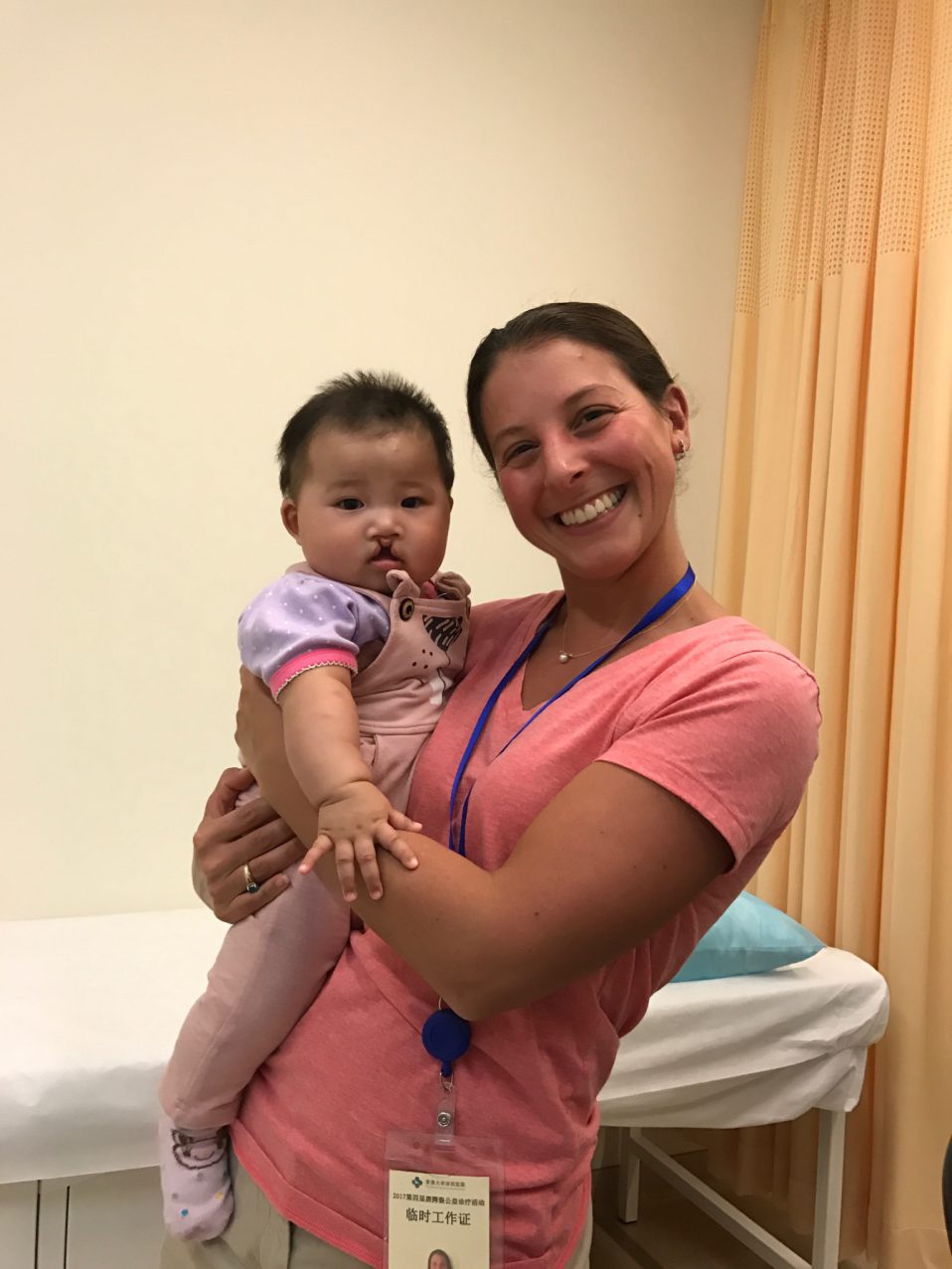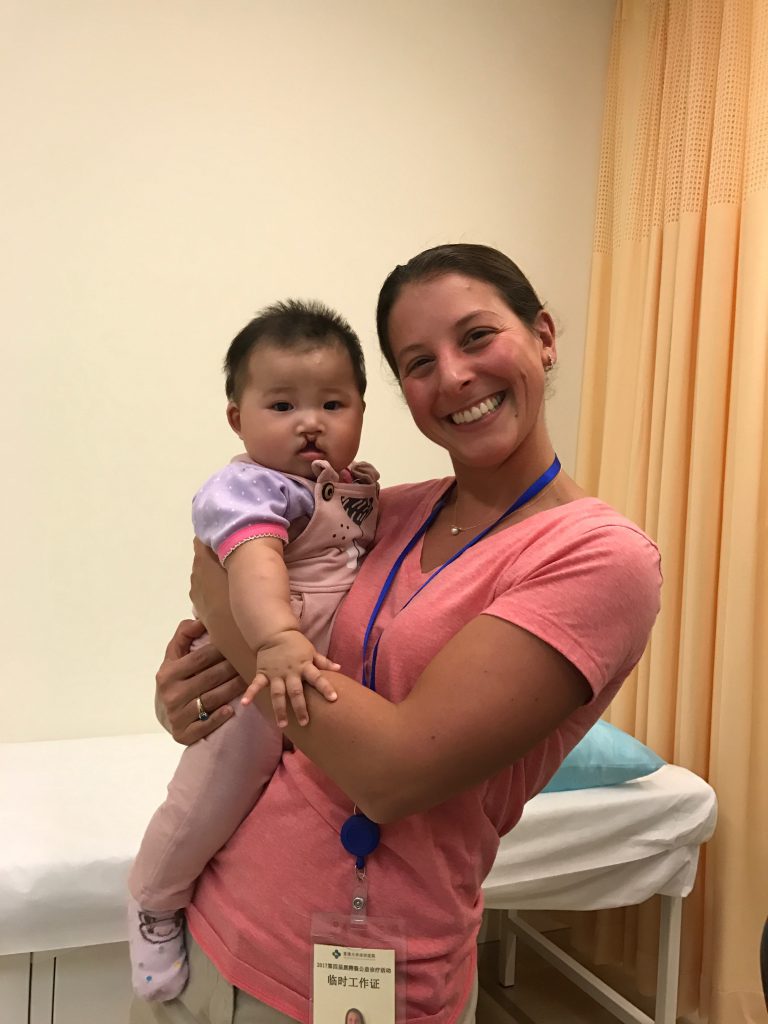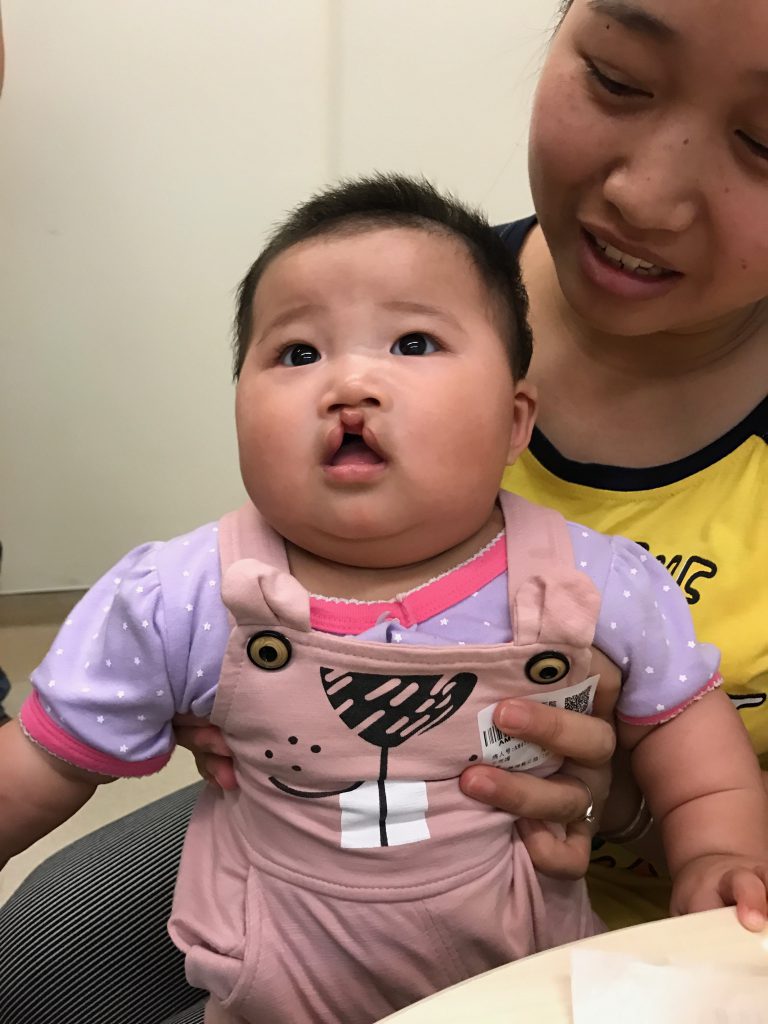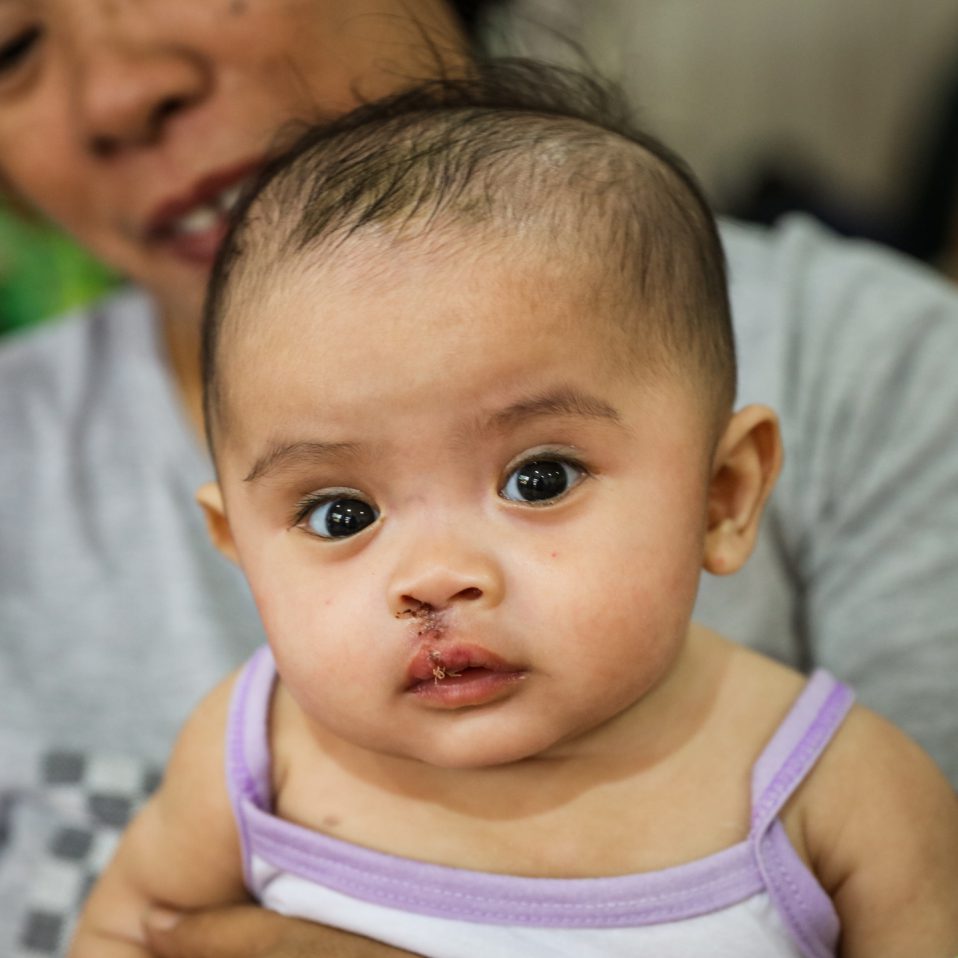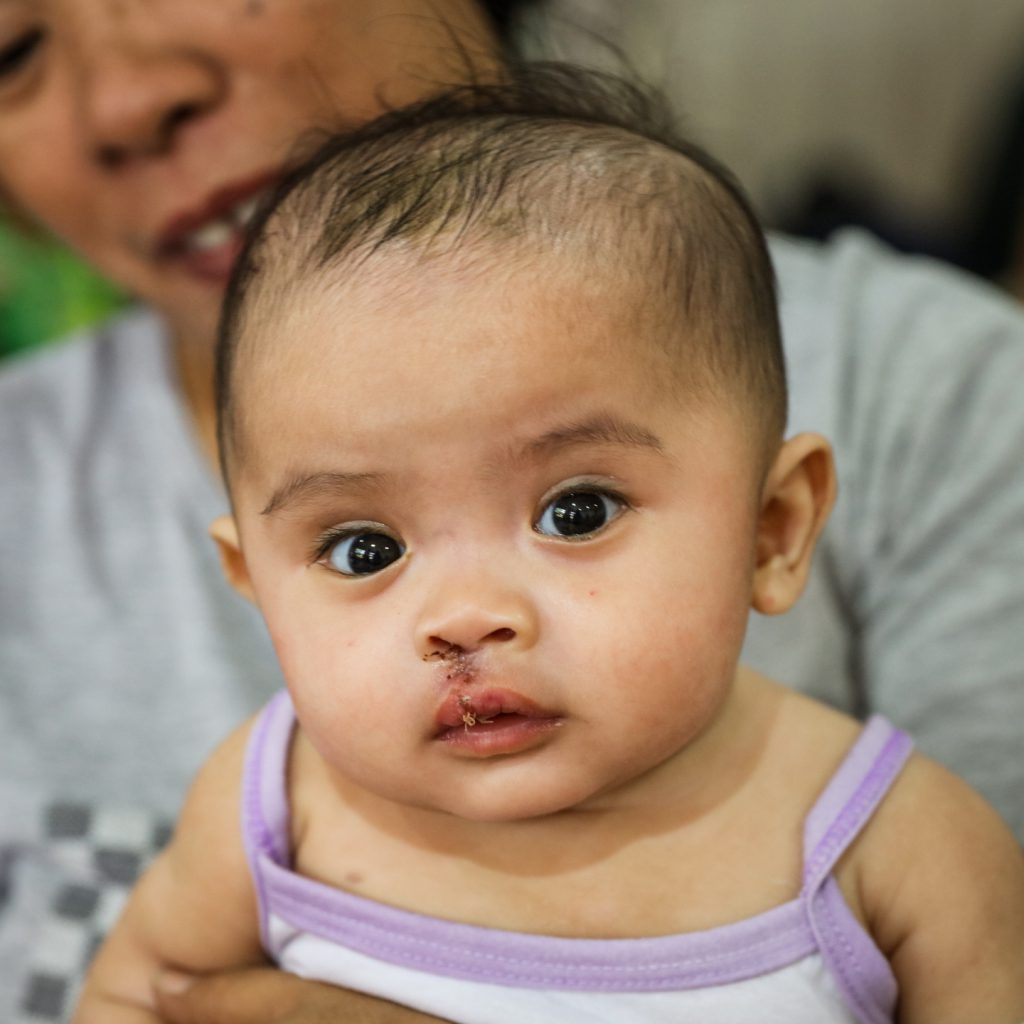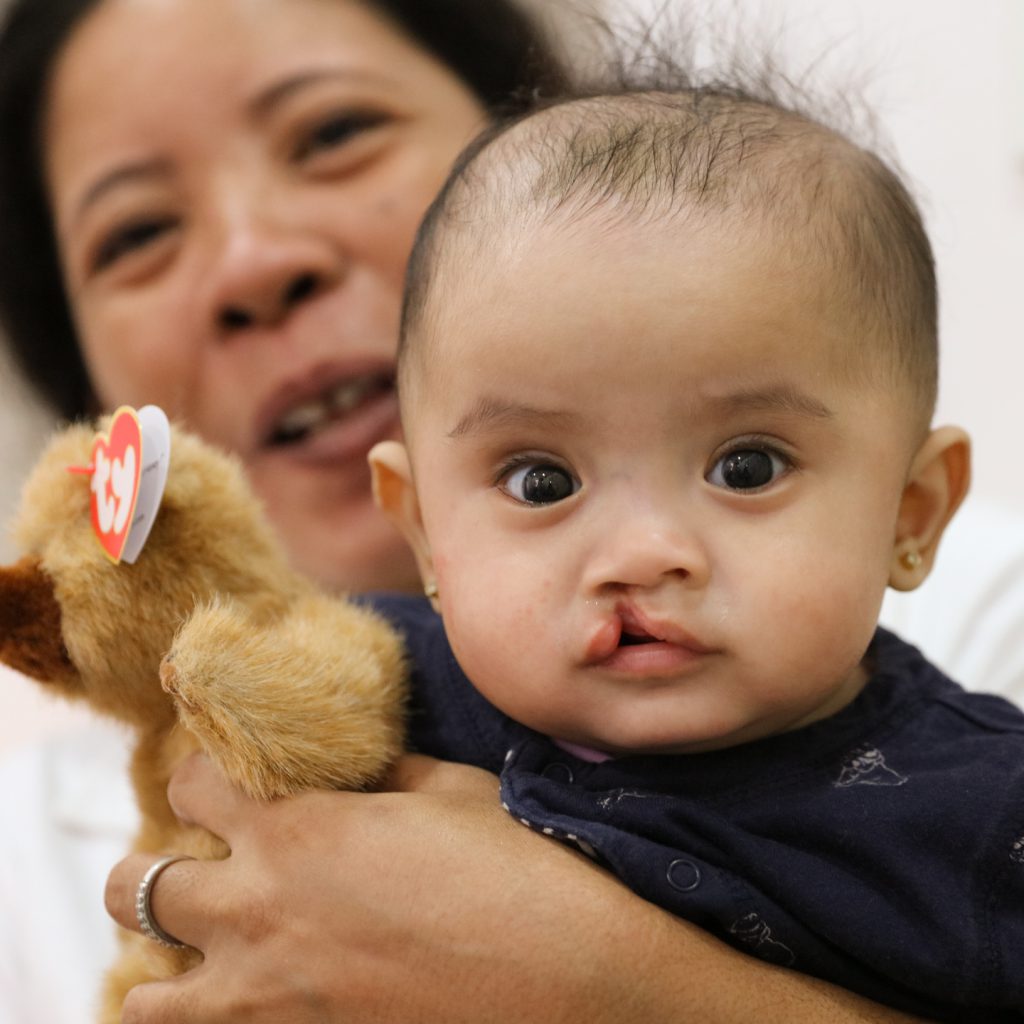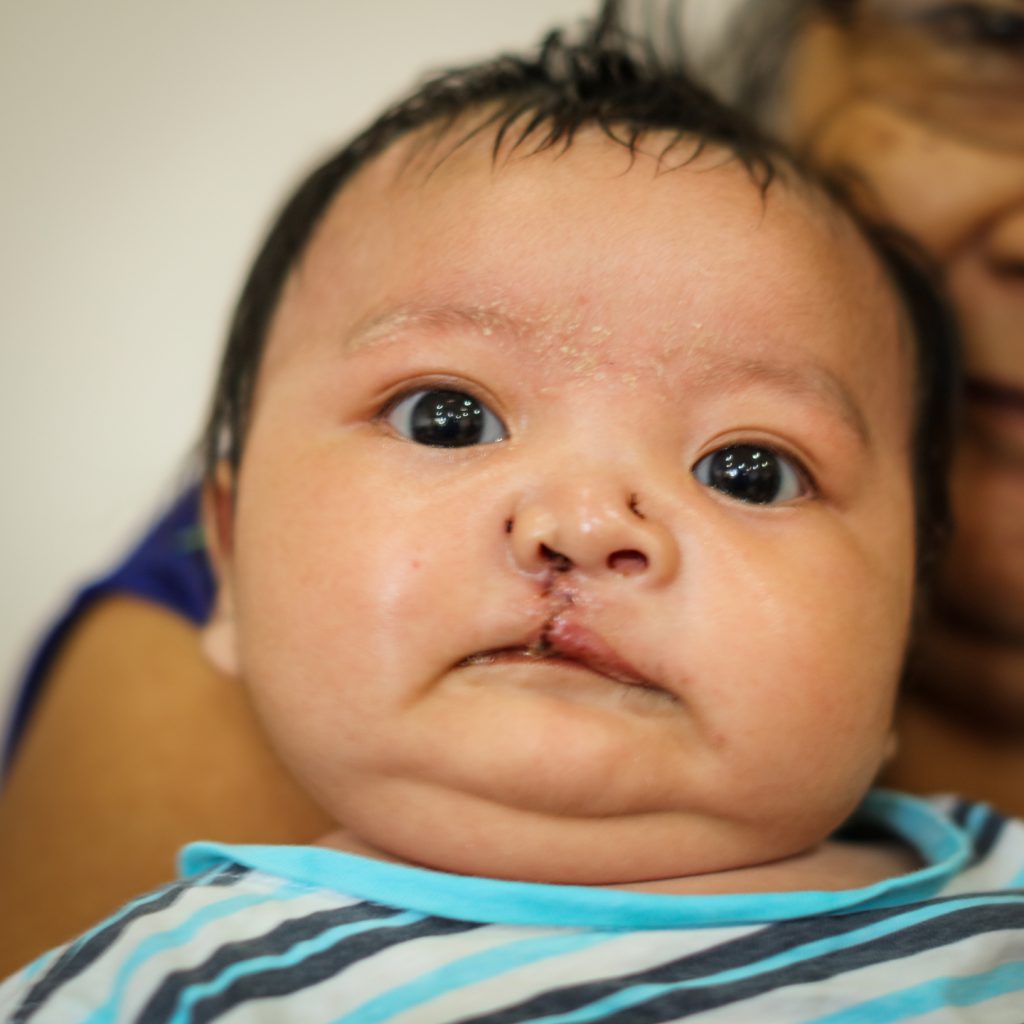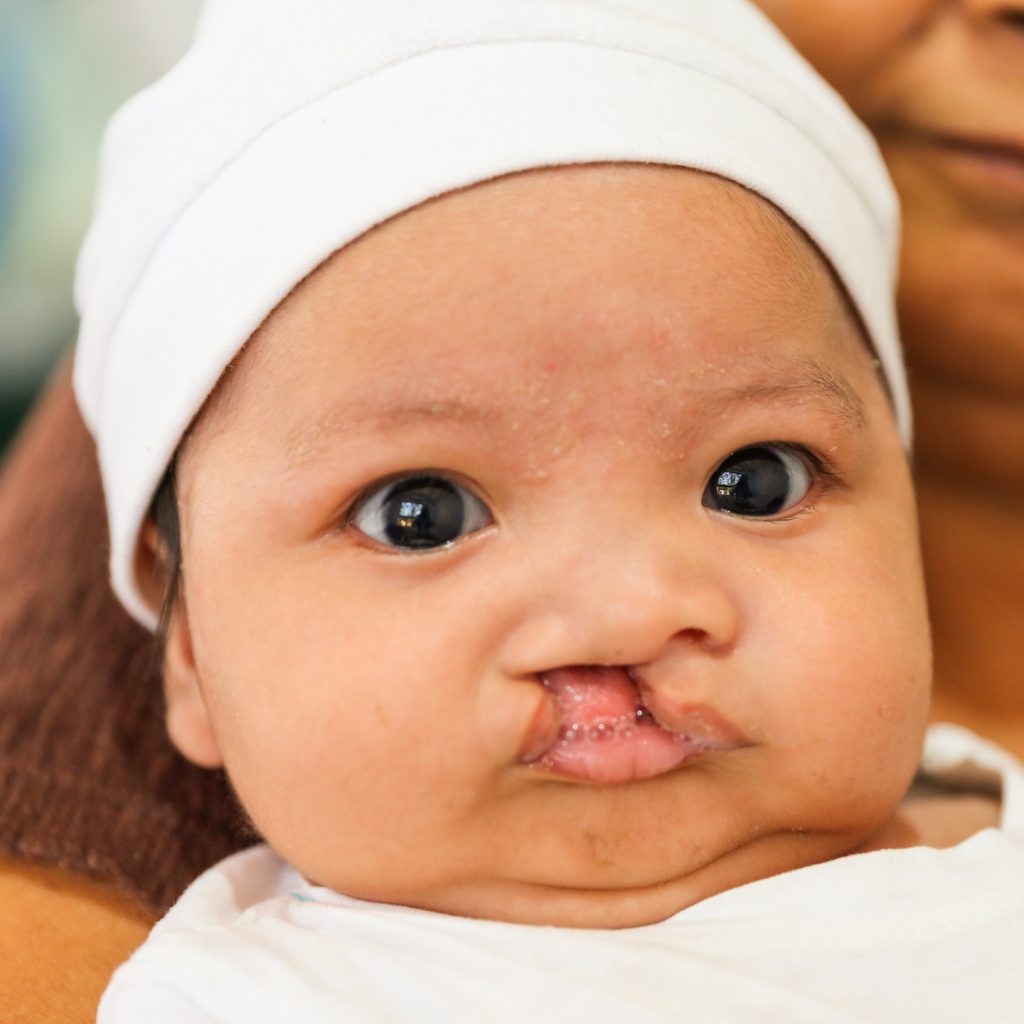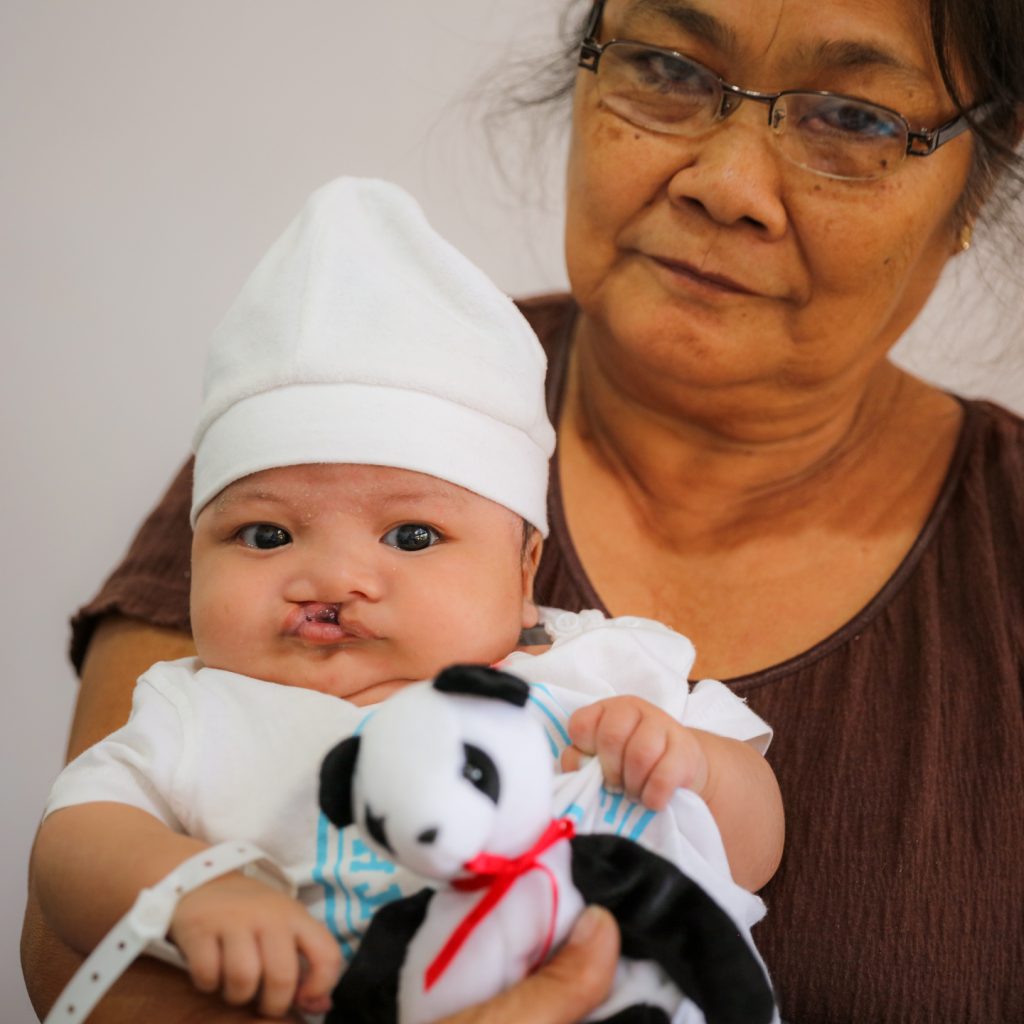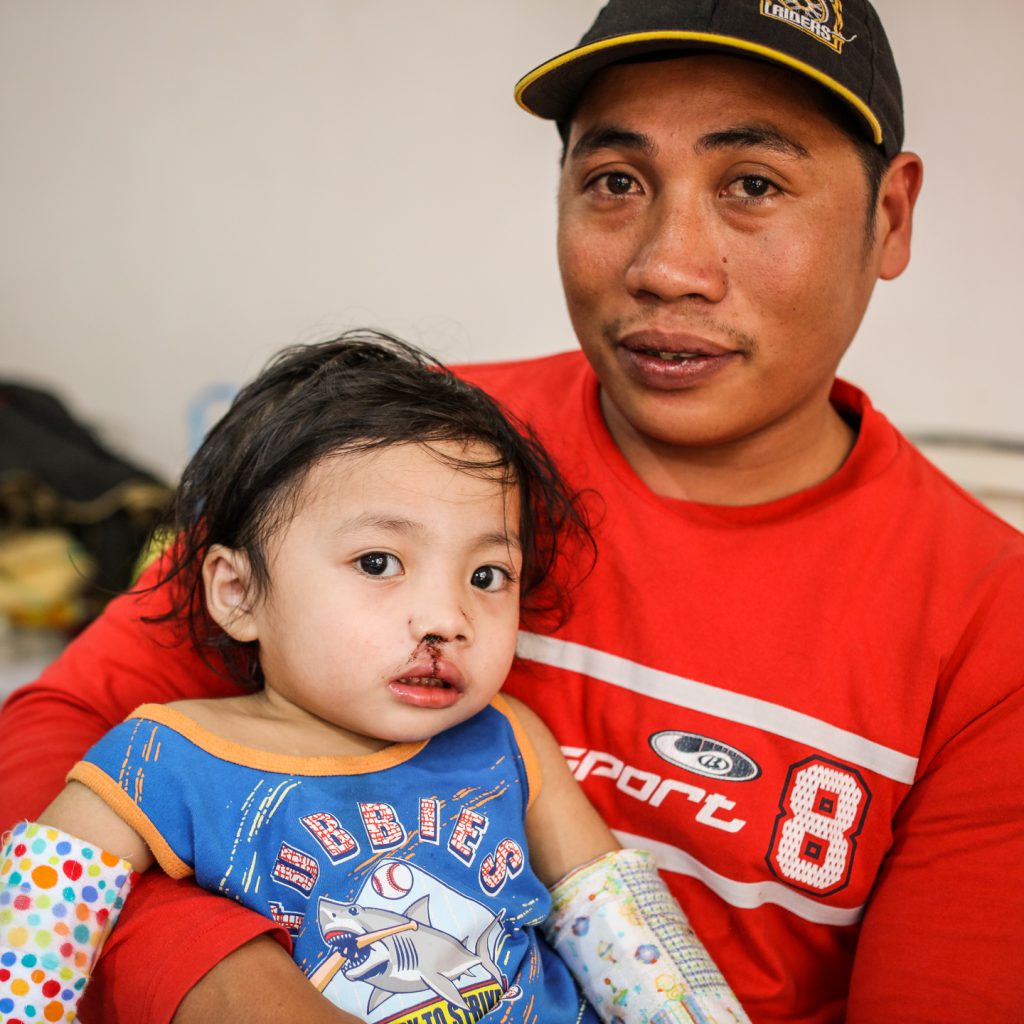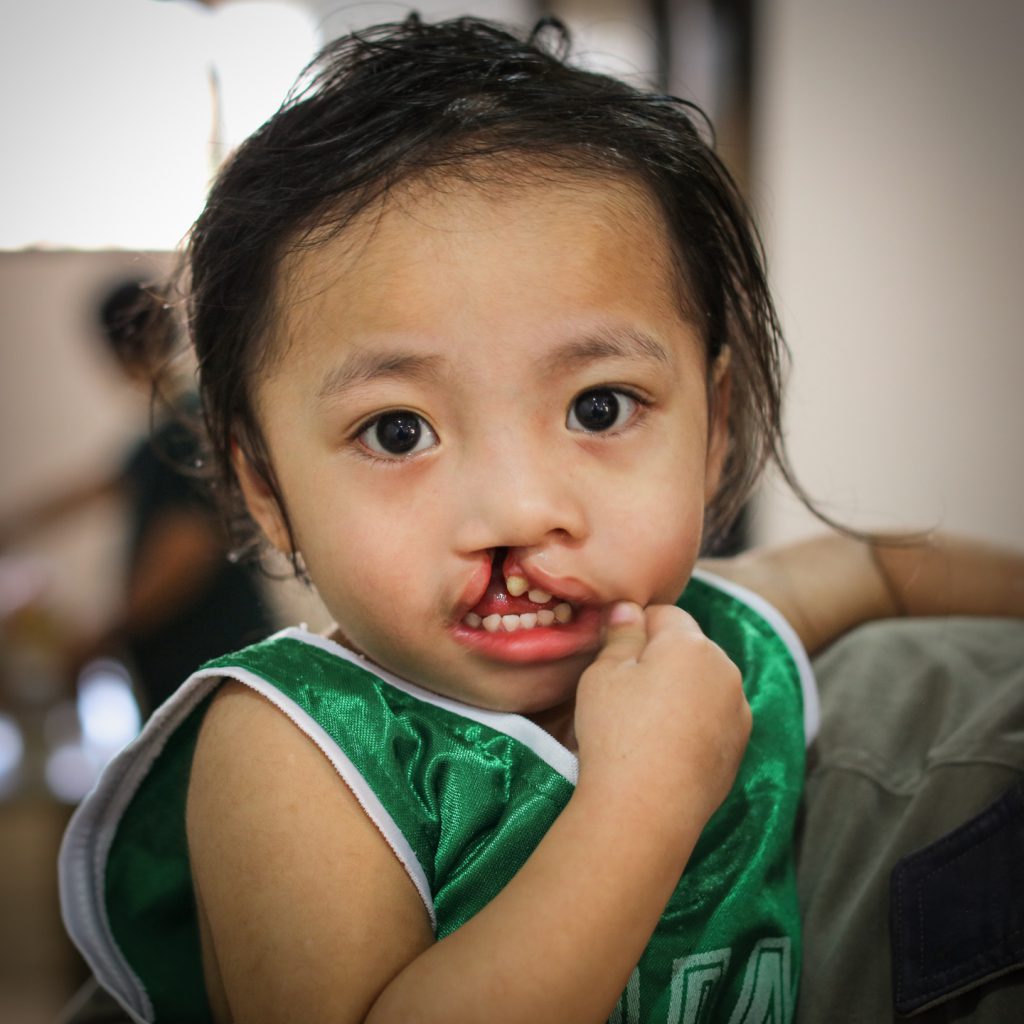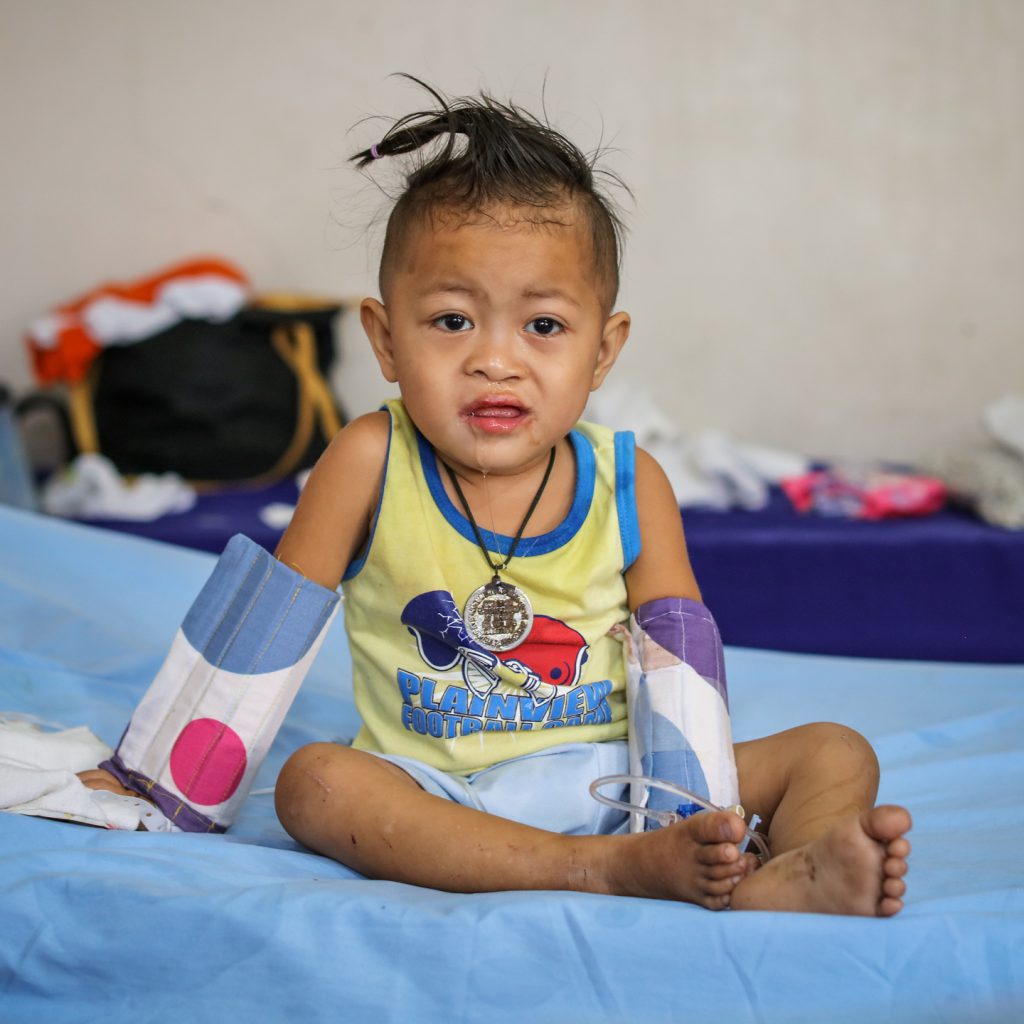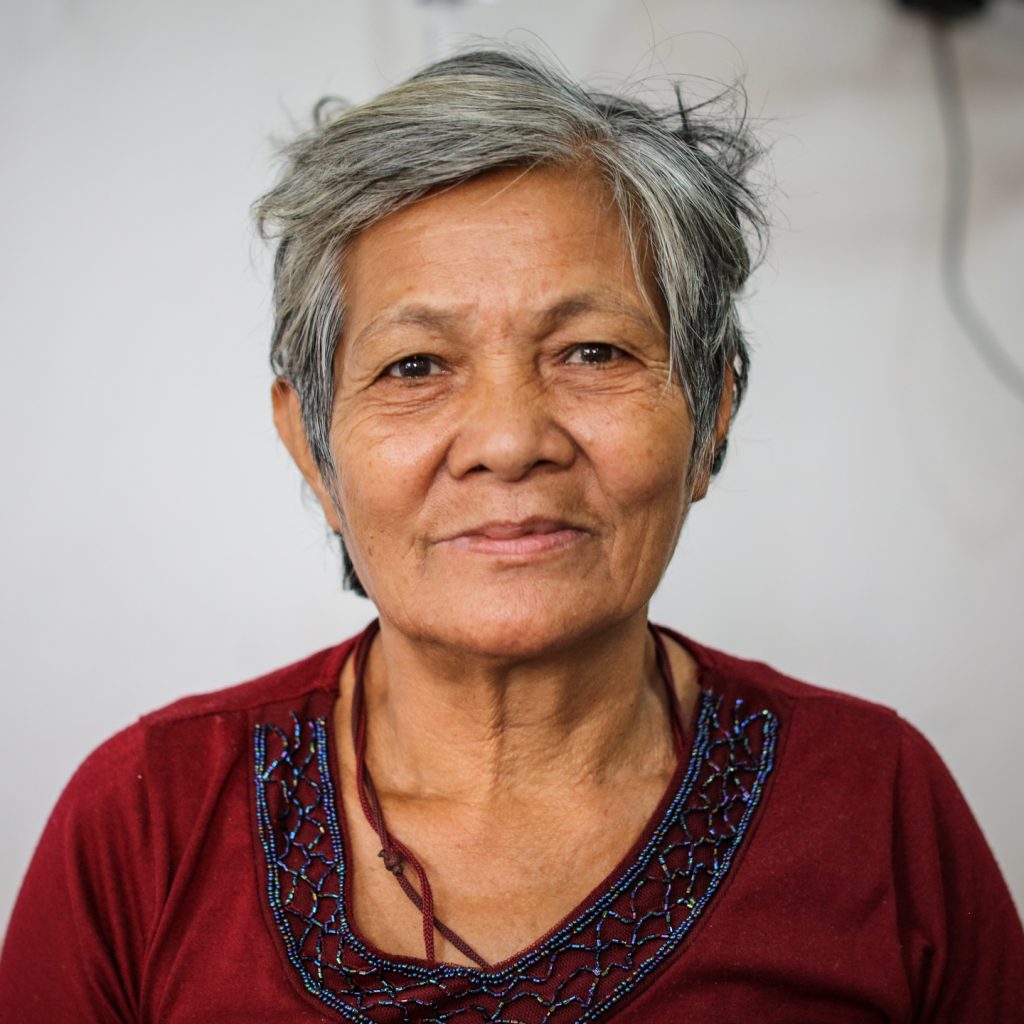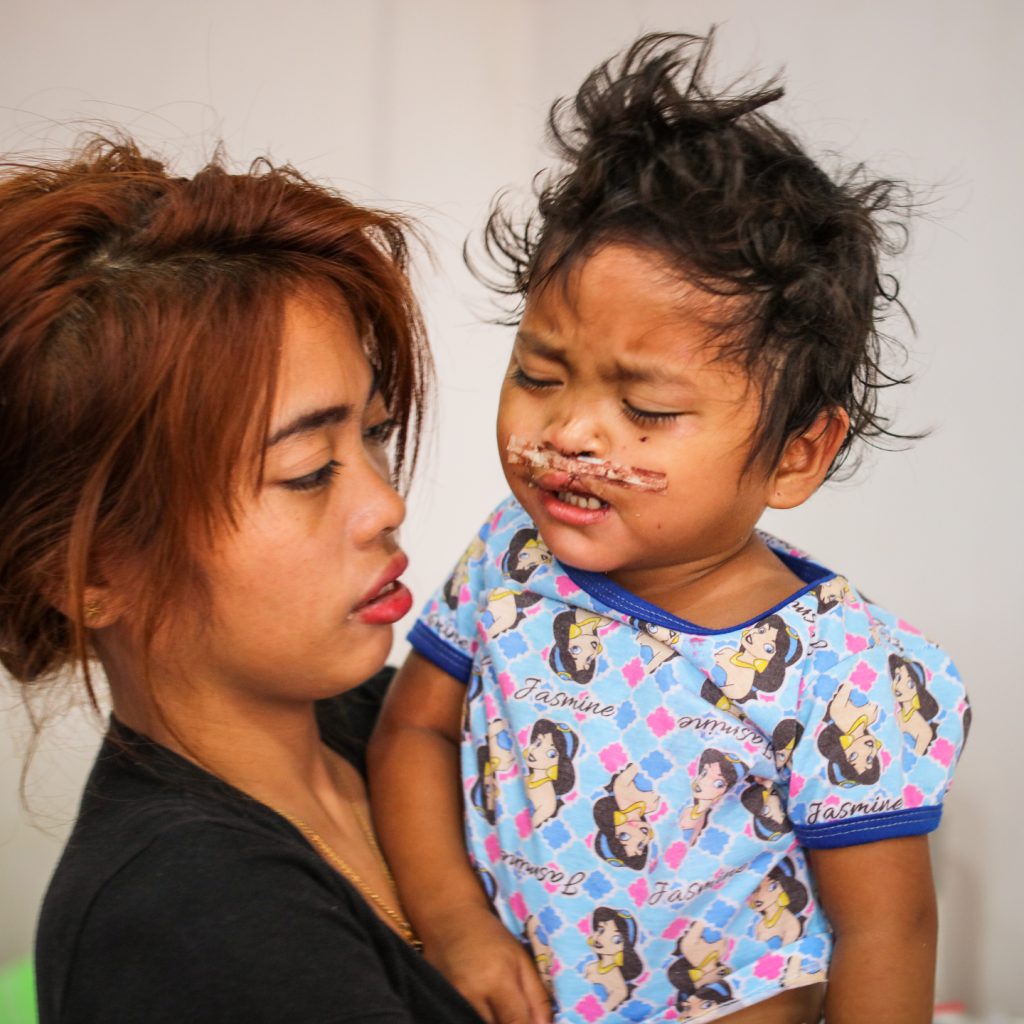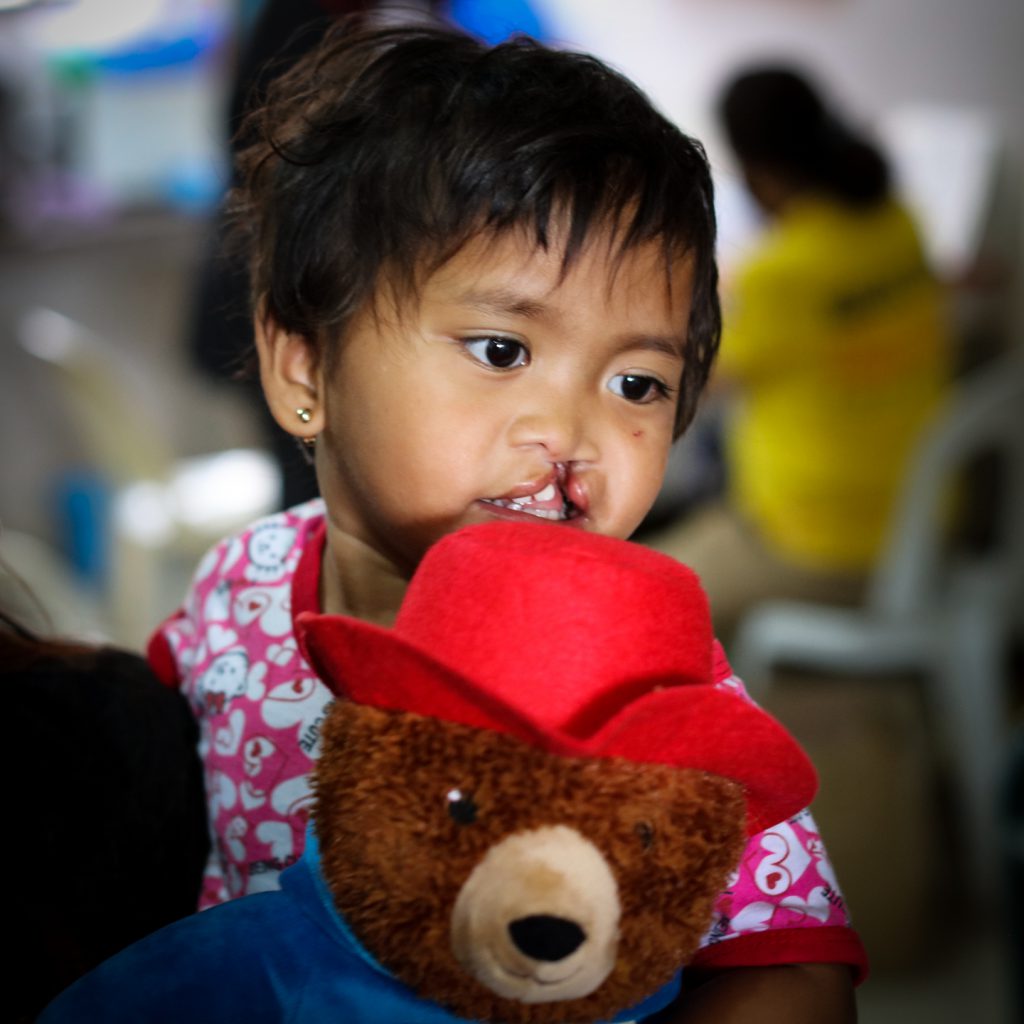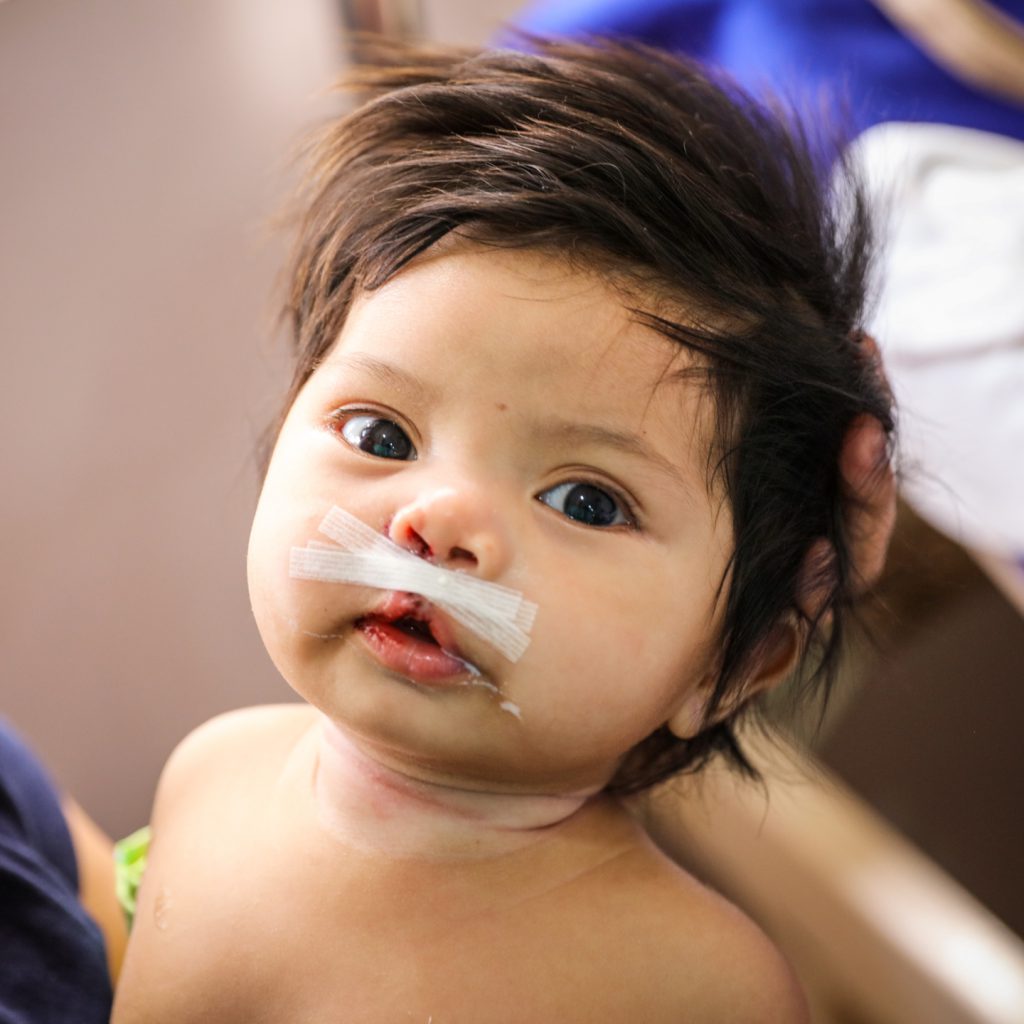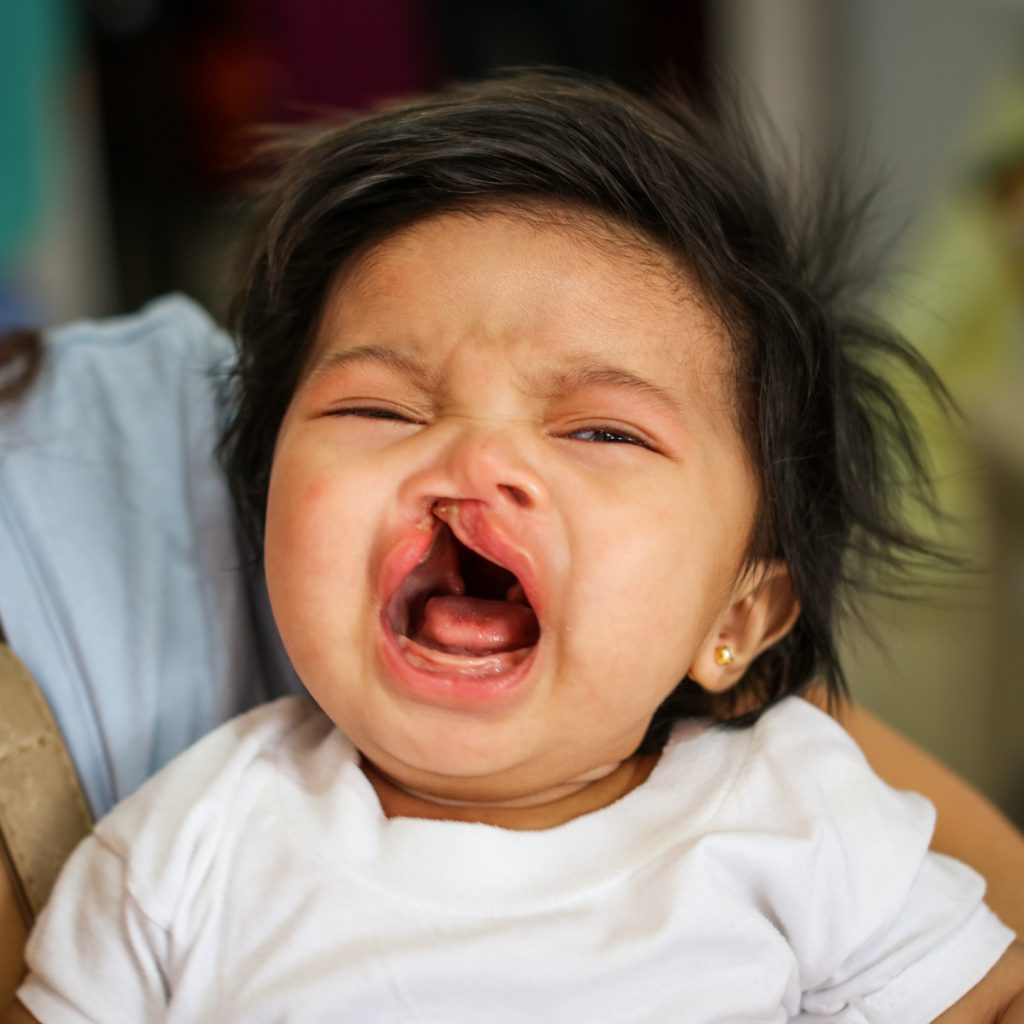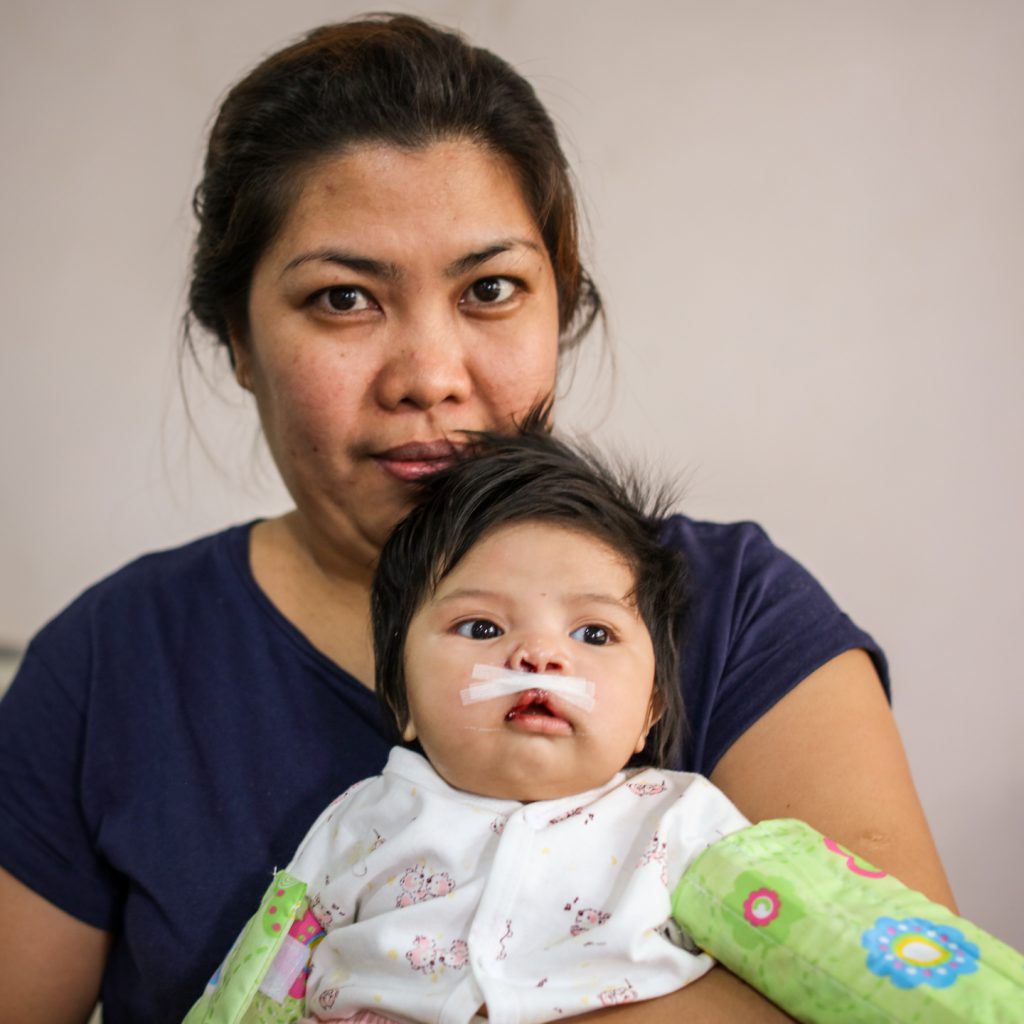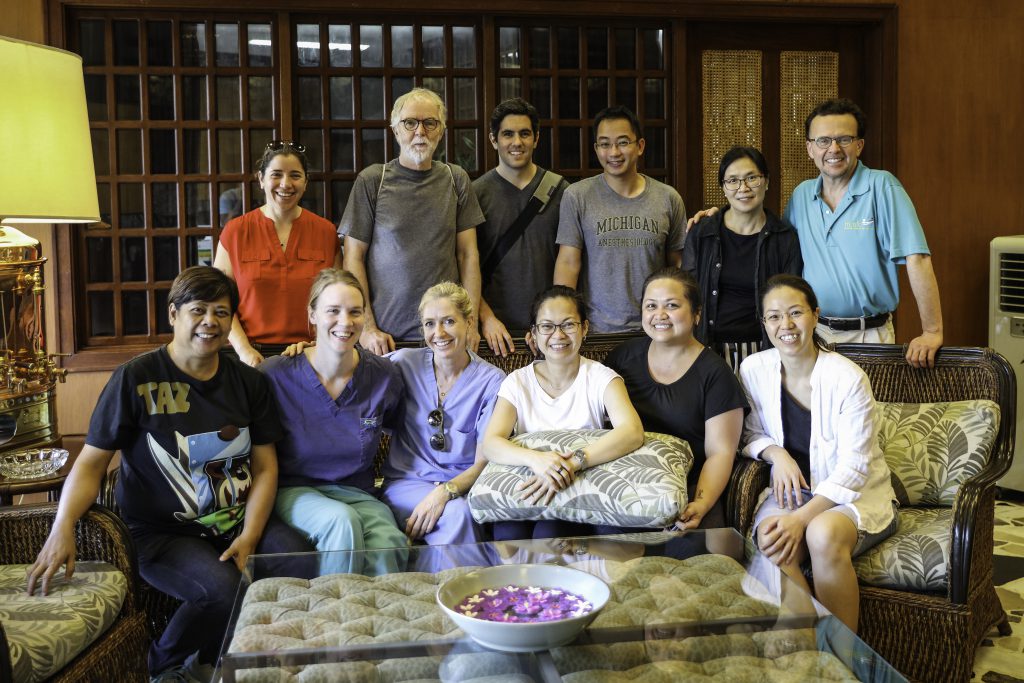About
The MMFC team comprised of doctors and nurses from Massachusetts, New York, California, Utah, and Hong Kong, arrived at Clark International Airport (formerly Clark AFB) the morning of Saturday February 17, 2018. After a checking into their hotel and a brief rest, they headed to the hospital to start screening the over 100 waiting children. After an afternoon of evaluating the children, a surgery schedule was developed consisting of 48 surgeries over the course of 5 days.
Here are some of the children’s stories.
Meet Matteo
Matteo is special. He is an 11 month old Aeta. Aetas are indigenous people who live in the scattered, isolated mountainous parts of the island of Luzon. They are thought to be among the earliest inhabitants of the Philippines. They are very small of stature and frame, with curly to kinky hair. We generally never see the Aetas because they don’t believe in doctors (modern medicine) and don’t have the money to travel to Angeles City.Matteo has a cleft lip. His first cousins on both sides of his parents have cleft deformities, but not his but not his 4 year old sister. Matteo’s mother is 26 years old and his father is 30. Both parents are under 4’11”. His mother may only be 4’5″.
Matteo and his family live in village about an hour from Angeles City, but it might as well be hundreds of miles away. They, as most villagers, only have a lightbulb or two and no appliances, running water, or bathrooms. They have communal outhouses, and bathe and wash their clothes in the nearby river. They need to buy drinking water from a tank for 3 pesos. Matteo’s father catches fish, with arrows, in the same river. Meals are cooked over a wood fire. Three rocks surround the fire to hold the pot.
Both parents sell coconut water at the local market. The coconuts are husked and the tops lopped off then a straw inserted to drink the water. These jobs aren’t consistent though and neither are the meals.
Only 3 days a week can they afford to have 3 meals a day and sometimes they have to borrow money to buy milk for Matteo.
I asked if they had any wishes and they replied, “Yes, we would love to have 3 full meals everyday of the week.”
In order to make the trip to Angeles City for Matteo’s surgery, they went up into the mountains to pick Star Apples and sell them in the local market. This enabled them to buy food and milk to bring with them.
Meet Aljun
Aljun is a 9 month old baby boy with a cleft lip and palate. We will fix his lip this year and next year, when he is older, we will fix his palate. In the meantime, our Speech Language Pathologist meet with Aljun’s mother, MaryAnn, and taught her how to feed Aljun with specialized bottles for cleft palate babies. She had no prenatal care while pregnant with Aljun
MaryAnn, 27, is from the region of Davao on the Island Mindanao. Mindanao and the smaller islands surrounding it make up the island group of the same name. In May 2017, President Rodrigo Duterte declared martial law on the entire island group of Mindanao following the Marawi Siege by the Maute terrorist group.
MaryAnn and her husband had been out of work for over a year and decided to move to Laguna Province about 2 months ago. Laguana is 4 hours from Angeles City and south of Manila. MaryAnn was accompanied by her neighbor, Jackie. Jackie acted as a translator for MaryAnn, who speaks a different language than Tagalog, the most common language in the Philippines.Then I had someone translate Jackie’s Tagalog to English. Good times! Apparently, Jackie convinced MaryAnn to bring Ajun to us for surgery. We are thankful to her.
MaryAnn and her husband now work for her husband’s sister. The sister-in-law raises pigs for roasting on a spit. They sell the roasted meat primarily on weekends, holidays, and special occasions. They rent a house owned by the sister-in-law. It’s a concrete structure with electricity and running water.
MaryAnn is 4 months pregnant with her 2nd child.
Meet Michael V.
Michael is a cute, shy 6 year old in a family of 7 children. He has both a cleft lip and palate. Life hasn’t been easy for Michael. But hopefully it will improve after his surgery and subsequent speech therapy. He is the only sibling to have cleft.
Michael was bullied relentlessly when he started school. Not only does he have cleft deformities, but because of his cleft palate his speech was difficultly to understand. This is typical when children don’t have their palates fixed He would go home crying early everyday and finally he stopped going to school altogether. That was 2 years ago. His mother has been trying to teach him at home. One of our local nurses has been encouraging the family to get the cleft surgery for years. Until now, they haven’t been able to afford for Michael Sr. to take time off from work to accompany his son to the hospital.
His father, Michael Sr., is 39 and a construction laborer who lives on site where he is needed. This might be in Manila or another island in the Philippines. On-site laborers live in barracks provided by the construction company. They must buy their own food though and generally the laborers share
their food with each other (i.e., communal meals). Michael Sr. goes home every two weeks to see his family and give them money.
Michael’s mother, 39, stays at home with the 7 children. The eldest is 19 and is now employed at the local Pepsi plant. The other children are 17, 13, 10, 7, and 4.
Home is about 30 minutes from the hospital. It’s a rented single room structure that has bamboo walls and thatched roofs. These houses, called “Bahay Kubo”, are built on stilts and are indigenous to rural Philippines. There is only an electric fan and no other electricity. There are no appliances. They cook outside on a wood fire. There isn’t any running water, so they use a communal outhouse and buy spring water for drinking.
Hopefully, after surgery and speech therapy, Michael will return to school and live a normal 6 year old’s life.
Meet MJay
Mjay is an engaging 10 month old boy with Cleft Lip. His mother and father meet while they were both working in Manila. She worked in a factory that makes baby oil and rubbing alcohol. They moved to an area about 30 – 45 minutes from our hospital.
Mjay has a brother who is 5 and don’t have any cleft deformities. His mother is now a housewife or as they are called in the Philippines, “housekeeper”. His father works in a furniture shop near their home. My understanding is that he is involved in assembling the furniture.
His parents rent an old, one room house. It does have electricity so they have a fan and TV. They also have a propane stove. Unlike many families I have spoken to, they have indoor running water with a tub and toilet. But the water can’t be used for drinking. They still must buy mineral water.
His mother took medication for IBS when she was pregnant and believes this caused the cleft lip.
That is probably not the cause. Since MJay’s cousin has both cleft lip and palate, it is more likely and inherited trait at this point. Either way, we are fixing it!
MJay’s mother wishes for her family to be healthy and happy. She is happy with her life, but would like to be working again. But it isn’t possible with 2 small children.
Meet Prince
Meet Prince a 11 month old boy whom we all fell in love with this year. He is an engaging, inquisitive child, who is lucky to have two parents whose lives are better than many people we see at the hospital. Prince was born with a Cleft lip and has 2 siblings ages 9 and 4 years old. None of his siblings have cleft and there is no family history of cleft.
Prince lives with his mother and father about 45 minutes away in Magalang, Pampanga. His father is a plumber and his mother stays home with the children. They own their own home that has electricity and running water.
Prince’s mother tells me that she was sad when Prince was born and is happy that we are able to fix his cleft lip. She told me that they are all happy and that she as a good relationship with her mother-in-law.
Meet Baby Arcel
Baby Arcel is 10 days old and was born with a cleft lip and palate. Her mother brought her to us on our 3rd day of surgeries hoping we could operate. Arcel has extreme difficulty sucking from the breast or bottle and therefor underweight. Although we can’t operate on her this year, because she is too young and small, we will see her next year.
Our Speech Language Pathologist on this mission gave her 2 bottles that are designed for feeding cleft palate babies. These babies need to feed in an upright position so the milk pools in their mouths and then swallowed. The bottles enable the mother to squeeze the milk into the baby’s mouth simulating the sucking action.
Arcel’s mother was taught how to feed her baby and burp her. She was given instructions in her native language as well. Her husband filmed the session on his phone, so they could rewatch at home.
Hopefully, we will see Baby Arcel next year to fix her lip. Depending on her size, we may wait until 2020 to fix her palate.
Meet Newborn Alex
The delivery room here at Mabalacat District Hospital is right across from my working area and between our operating room and post-anesthesia care unit (PACU). Women are wheeled past me and into delivery and shortly later wheeled back out. The baby follows in the arms of the nurse a few minutes later. Mothers are discharged from the hospital the next day.
Imagine my surprise when the delivery nurse came out and beckoned me to come and see the newborn with a cleft lip and palate. I didn’t have my camera only my cell phone, so the first pictures I have of this child is minutes after birth while he was under the heating lamp.
The following morning we were able to talk with Alex’s mother and encourage her to come to us next year’s for Alex’s cleft lip surgery.
In the meantime our Speech Language Pathologist talked to her about feeding a cleft palate baby. Alex’s mother, Ailyn, will be given the special bottles for cleft palate feeding and detailed instructions in her native language.
Ailyn is 22 years old and has 2 other children ages 2 and 1 years old. They have a different father than Alex. Alex’s father left when Ailyn was 7 months pregnant. Her two older children live with other relatives at this time. Since she won’t be able to care for them while she has a newborn.
Ailyn currently lives with her Aunt and Uncle and their 5 children. So there will be 9 people living in a two room house once Ailyn returns from the hospital. The house has a sand floor with some electricity but no plumbing. There are no appliances. An outside communal bath and toilet are used. The toilet is just a hole in the ground covered by a commode. There is a basin for laundry as well.
The family supports themselves by going through garbage and selling the items they find.
